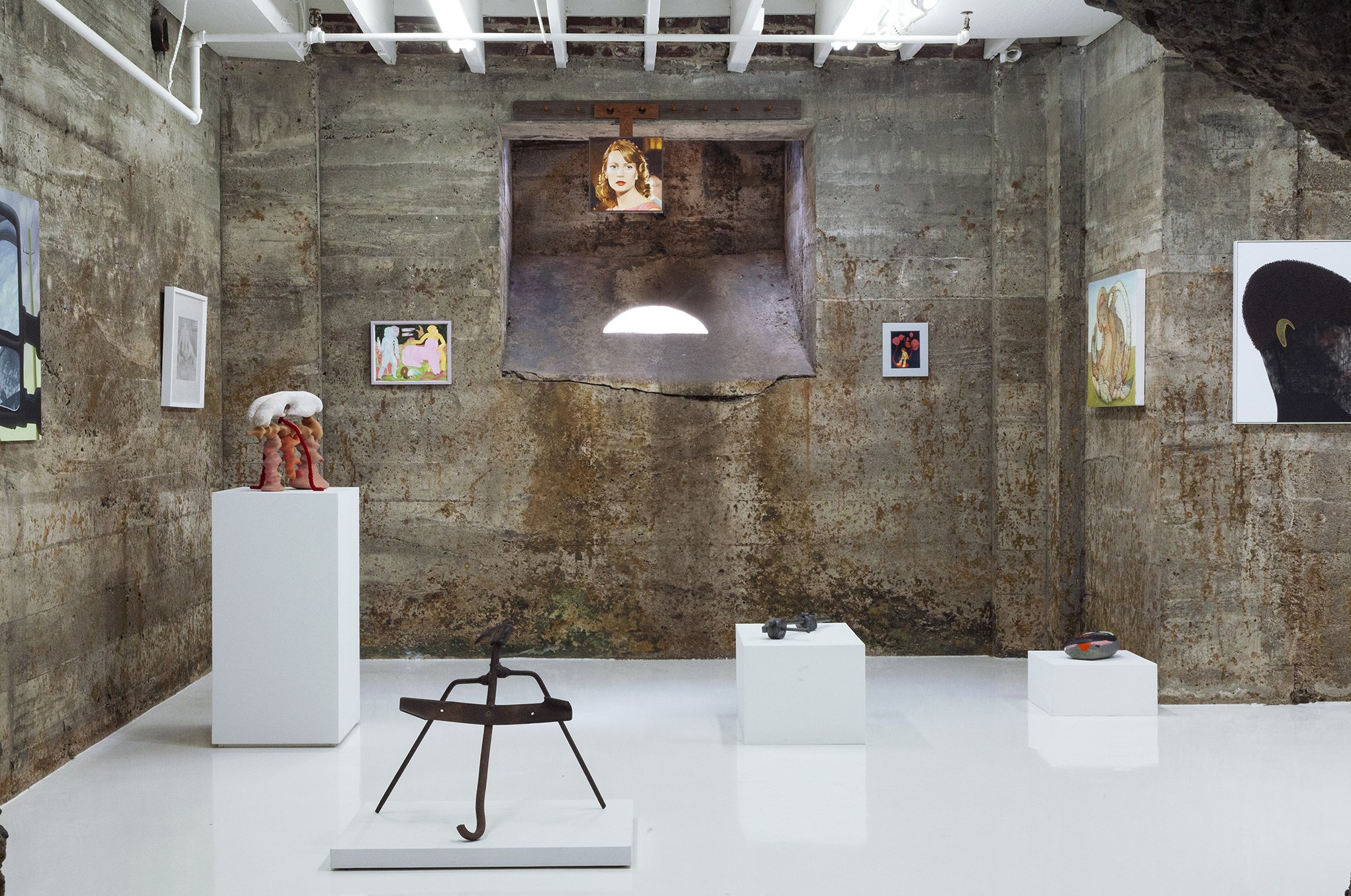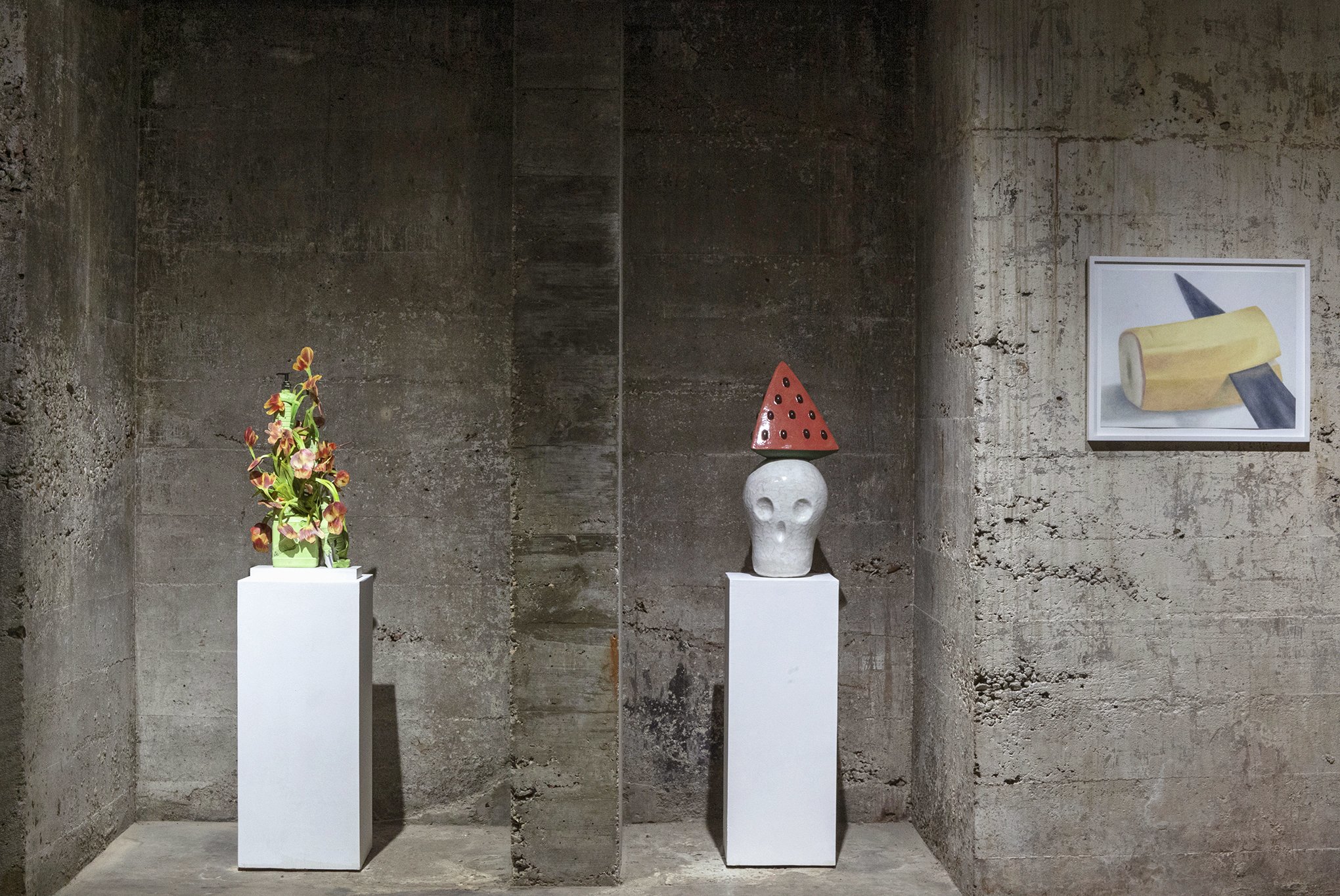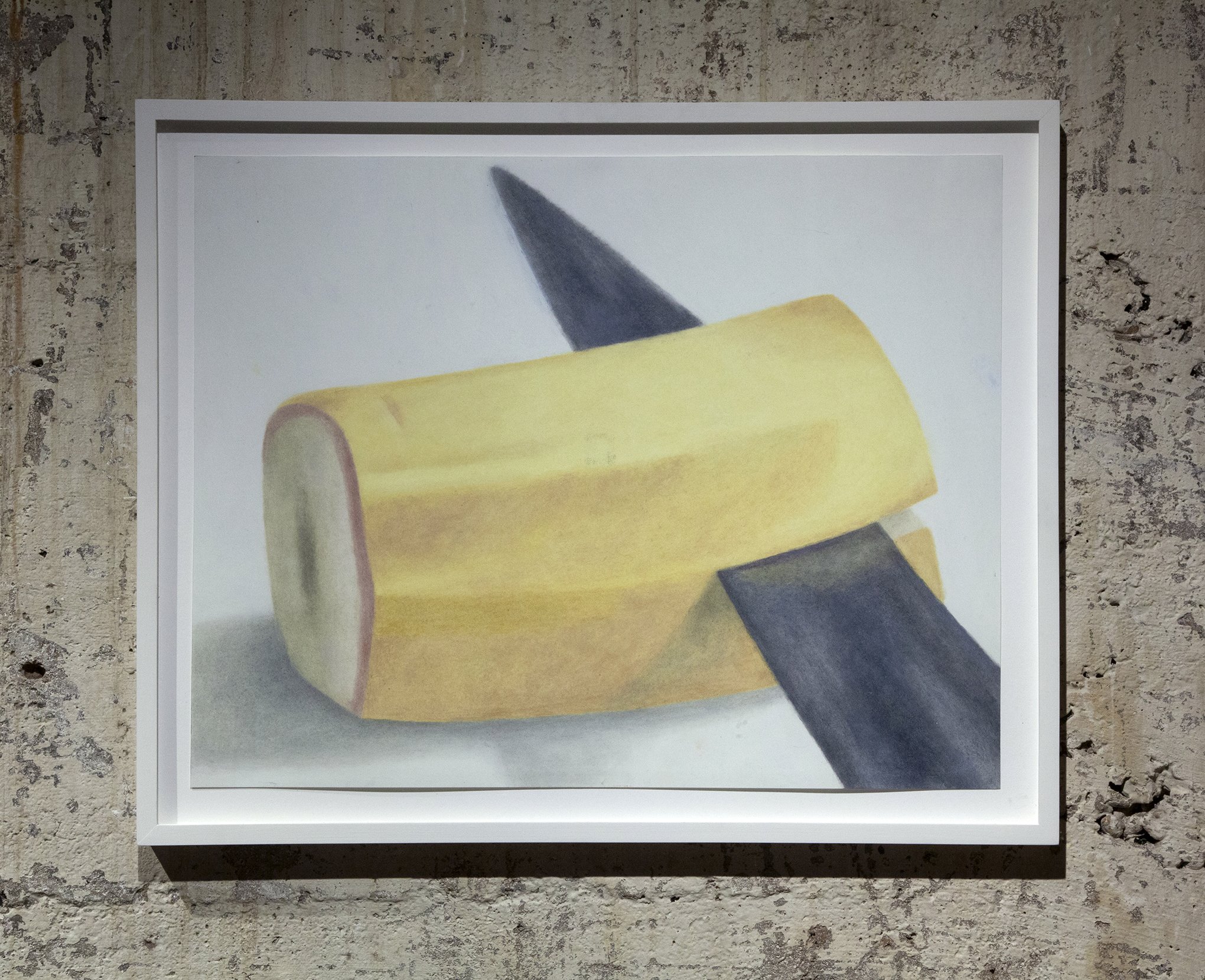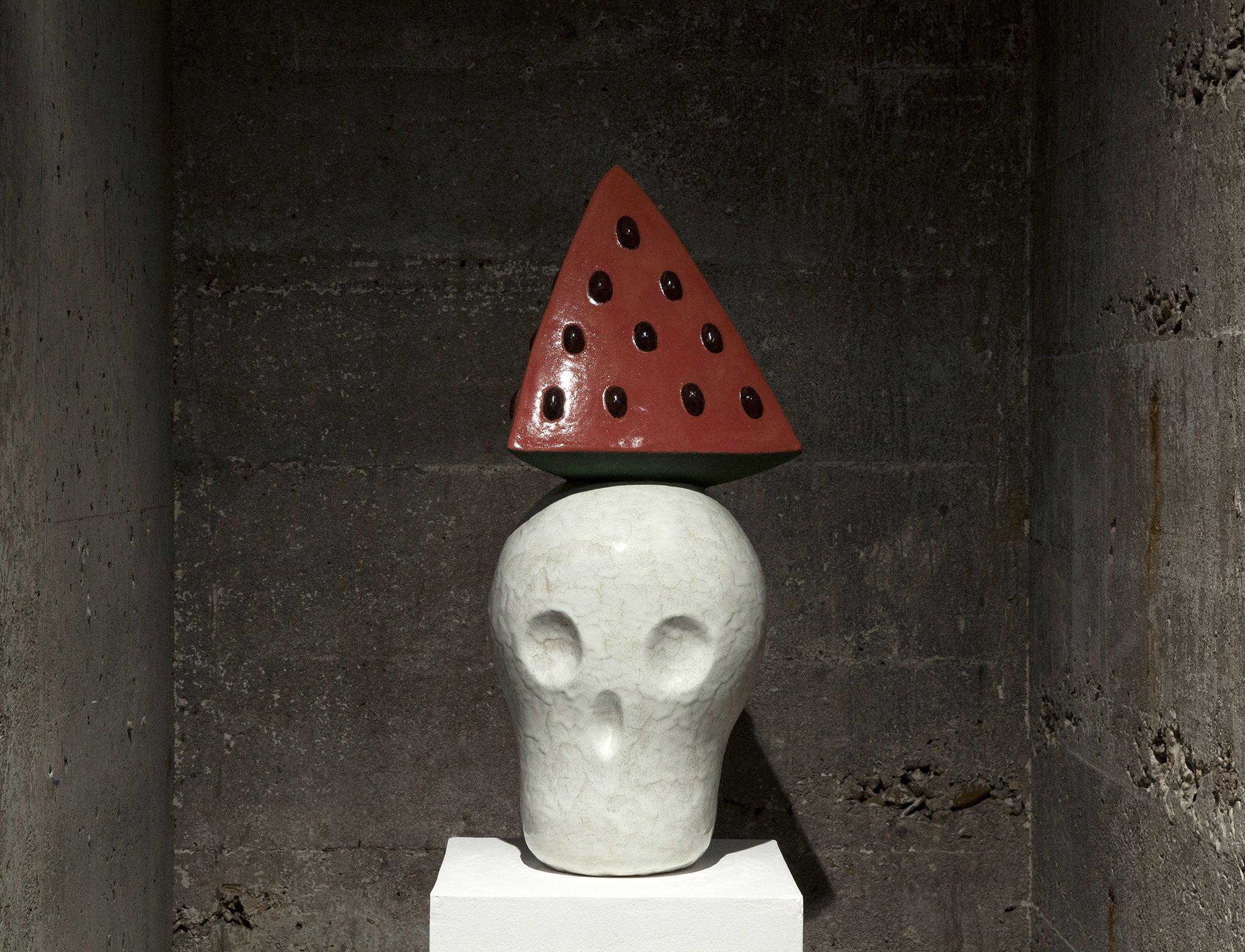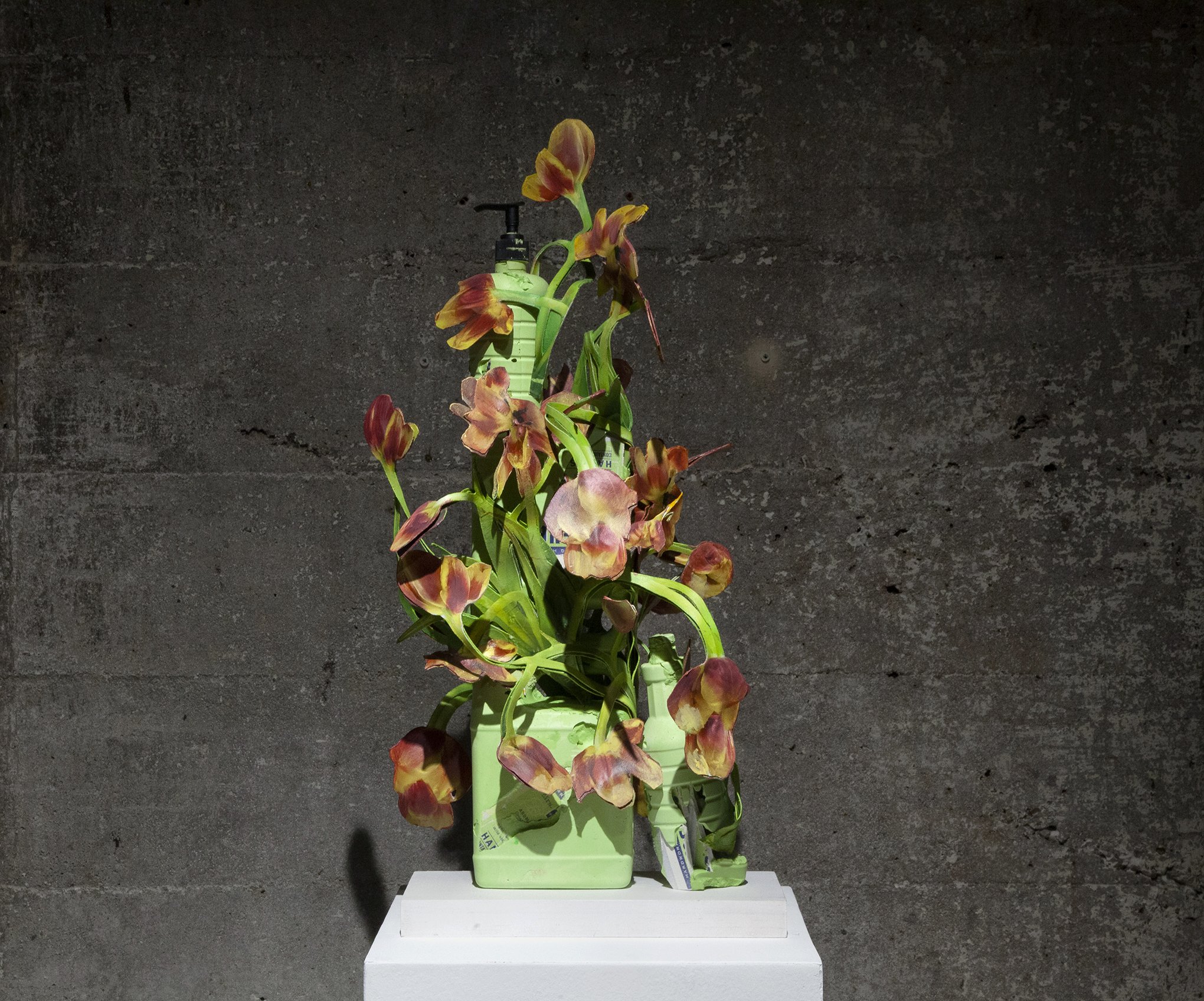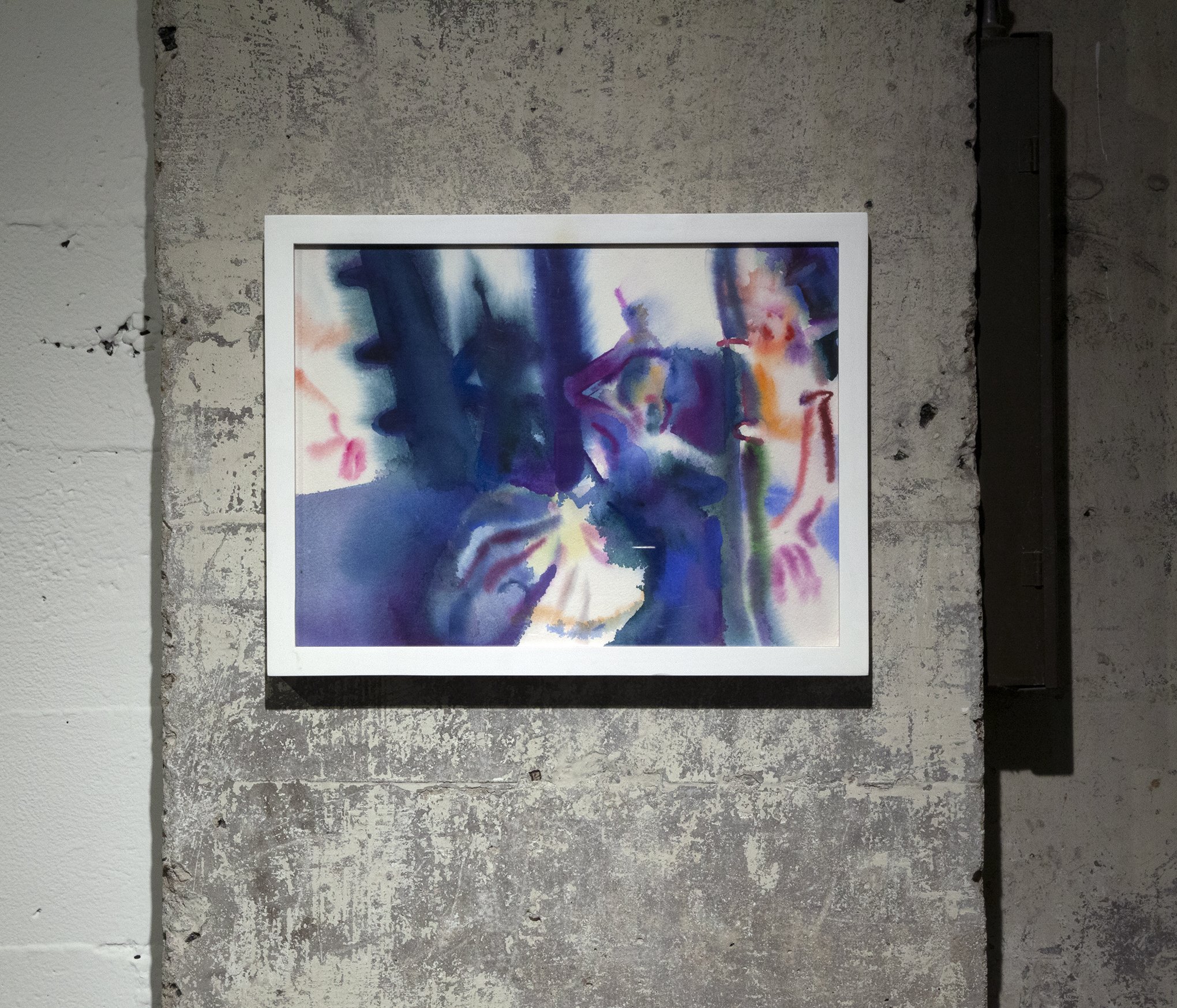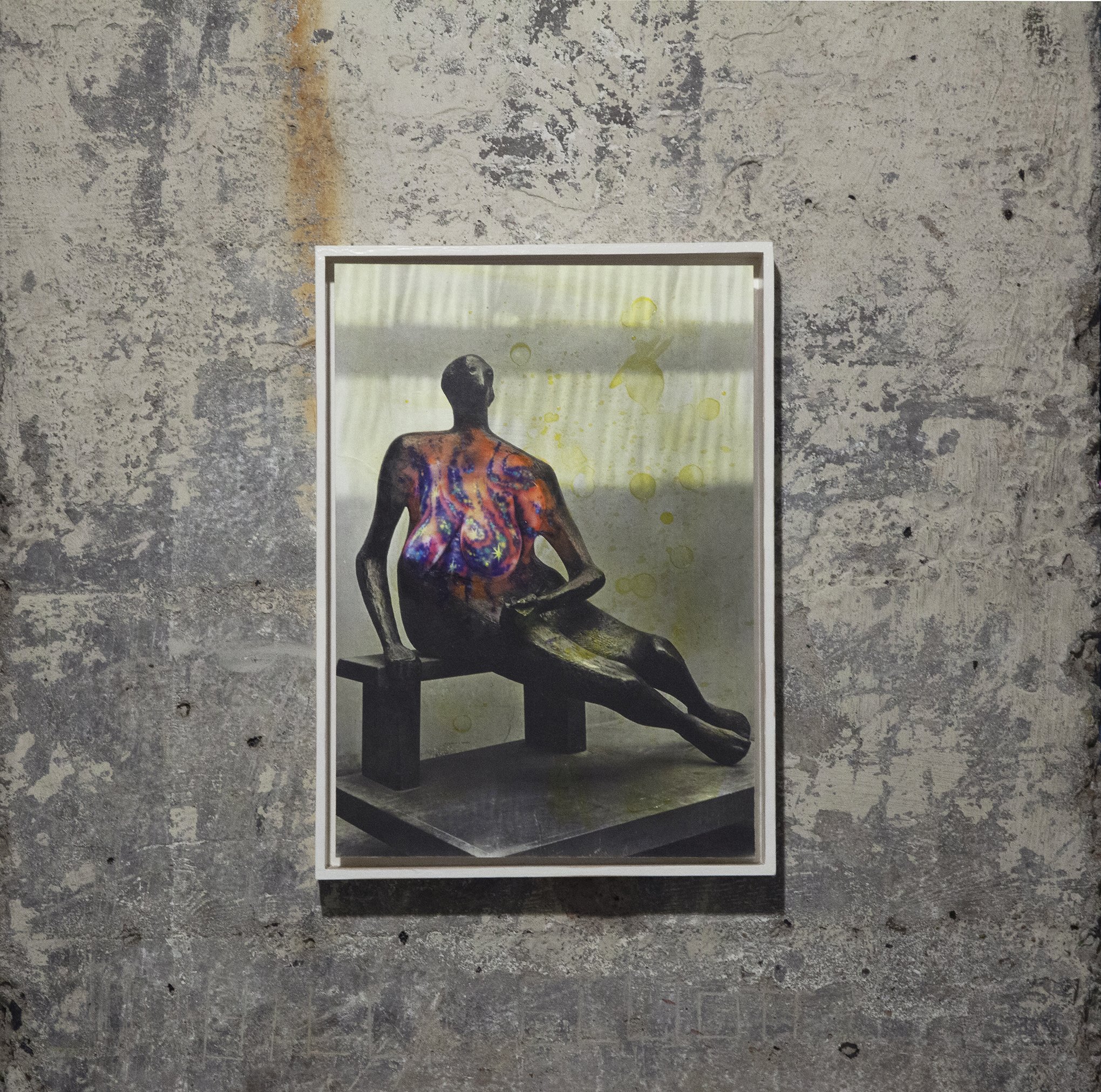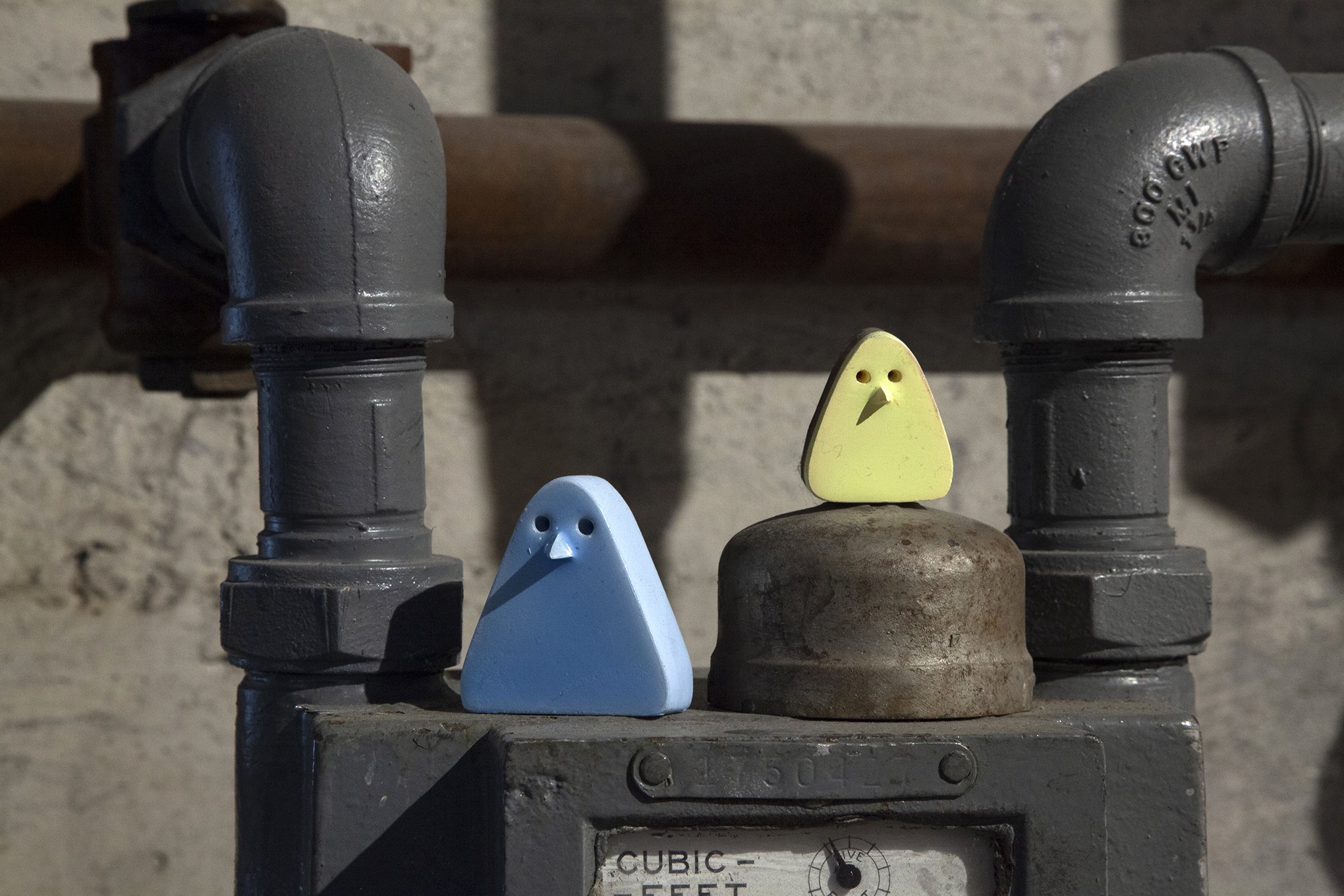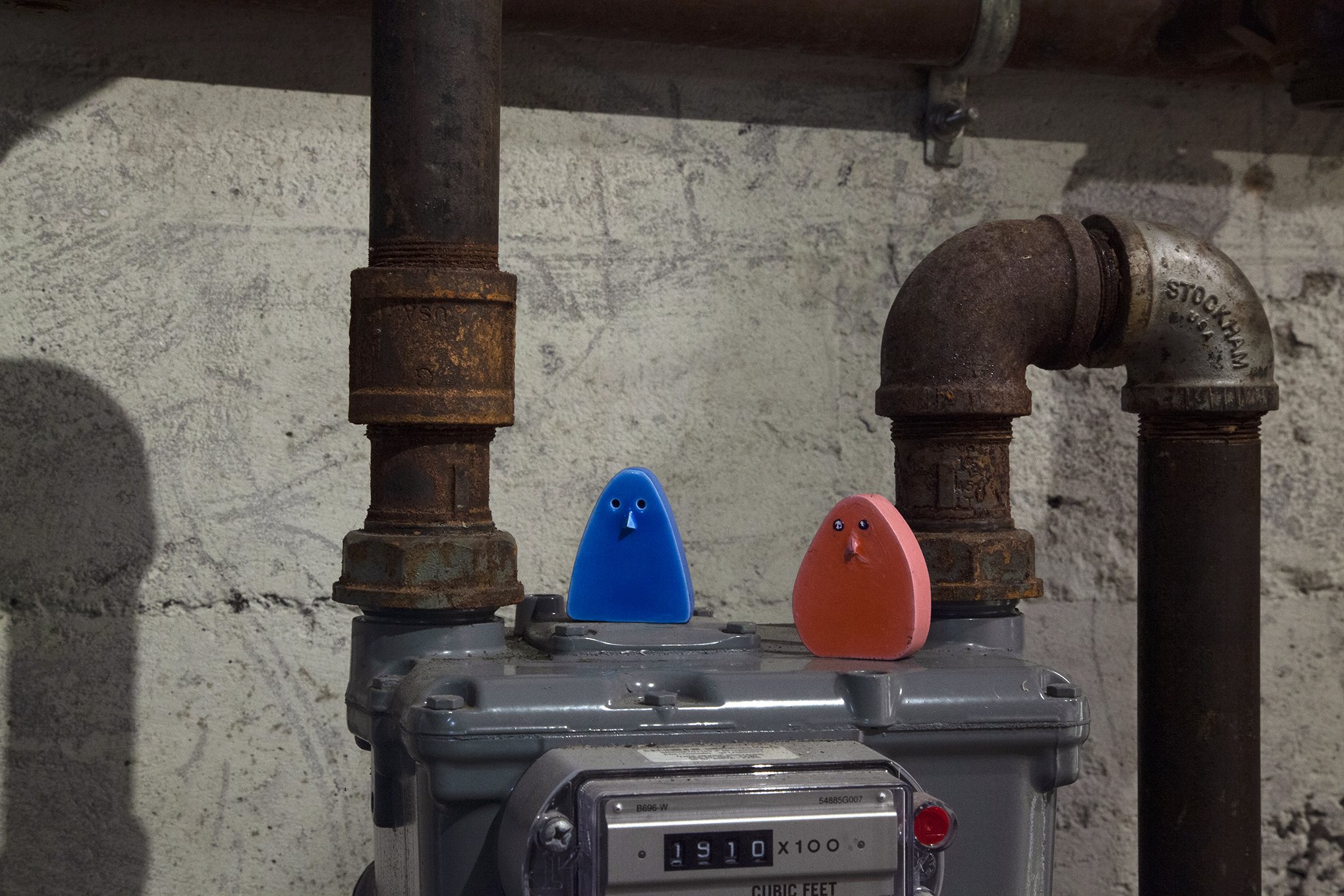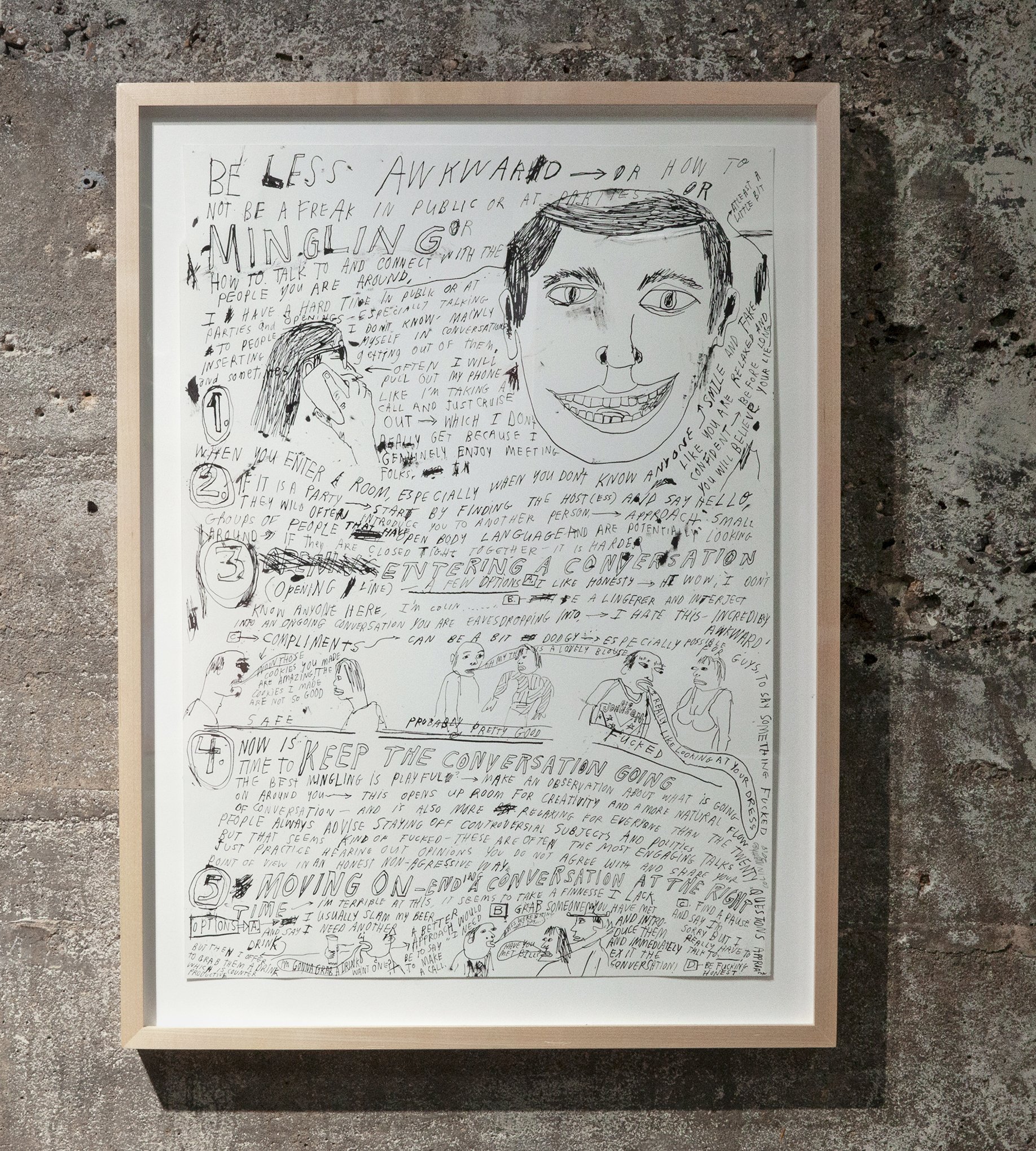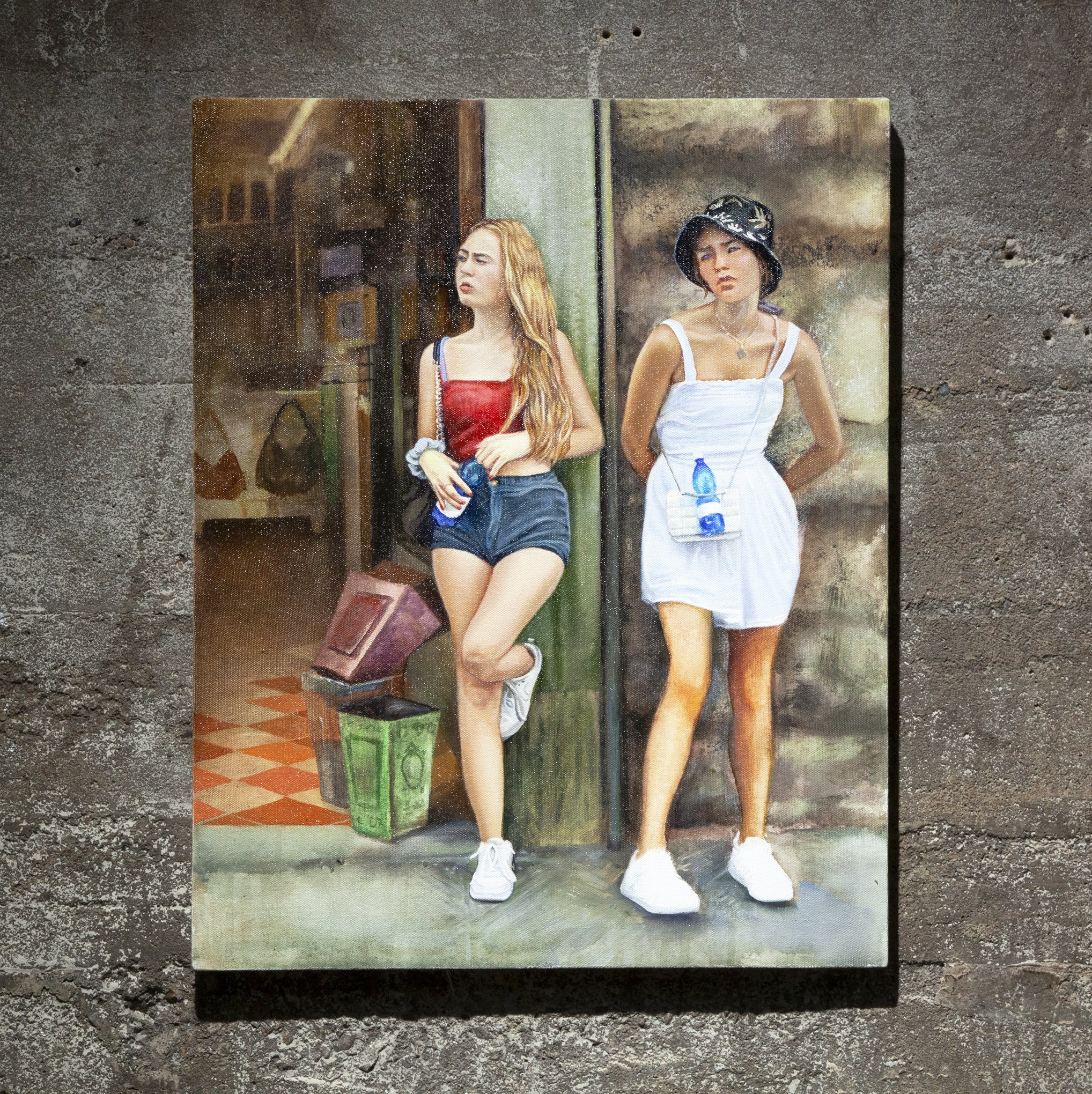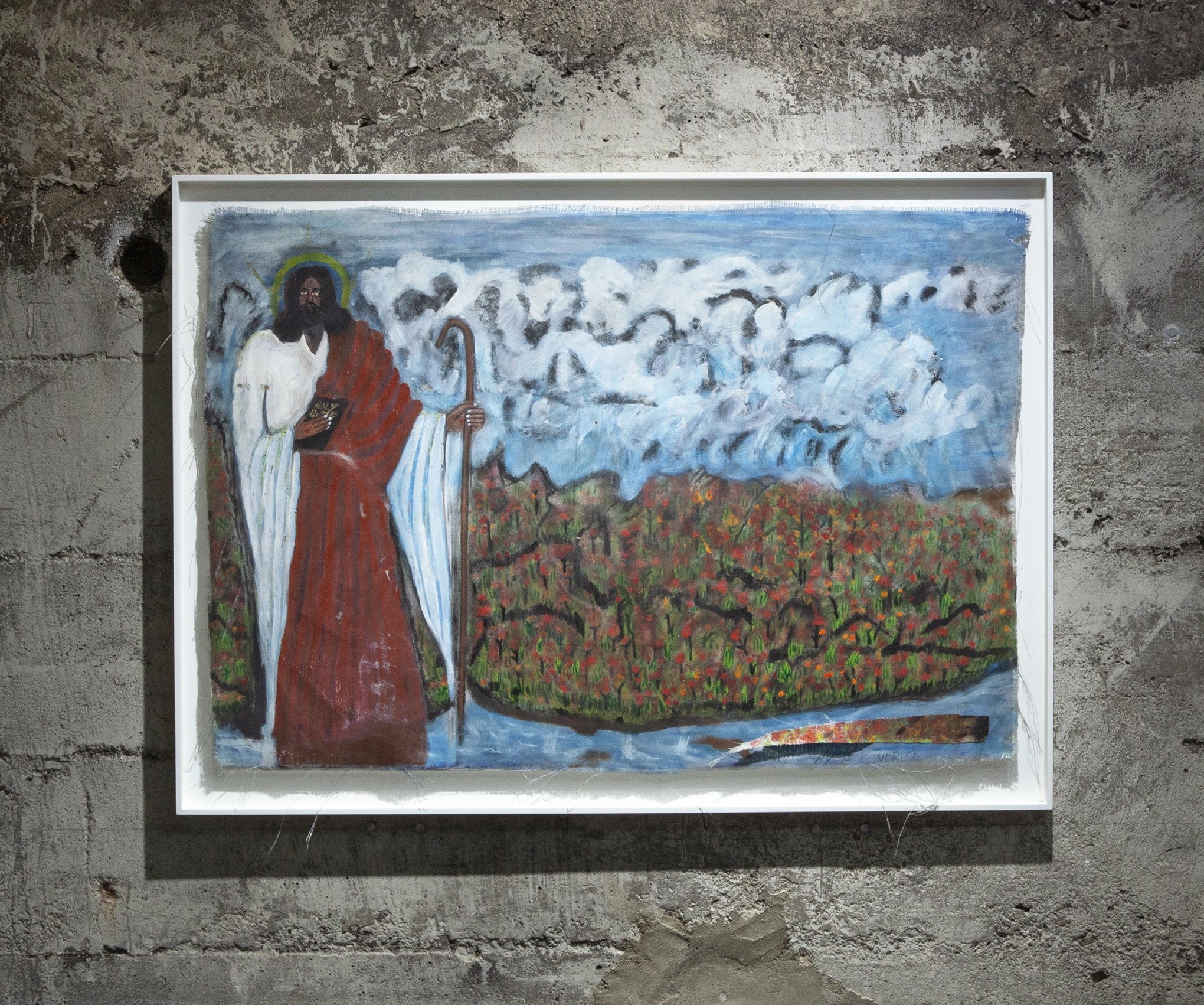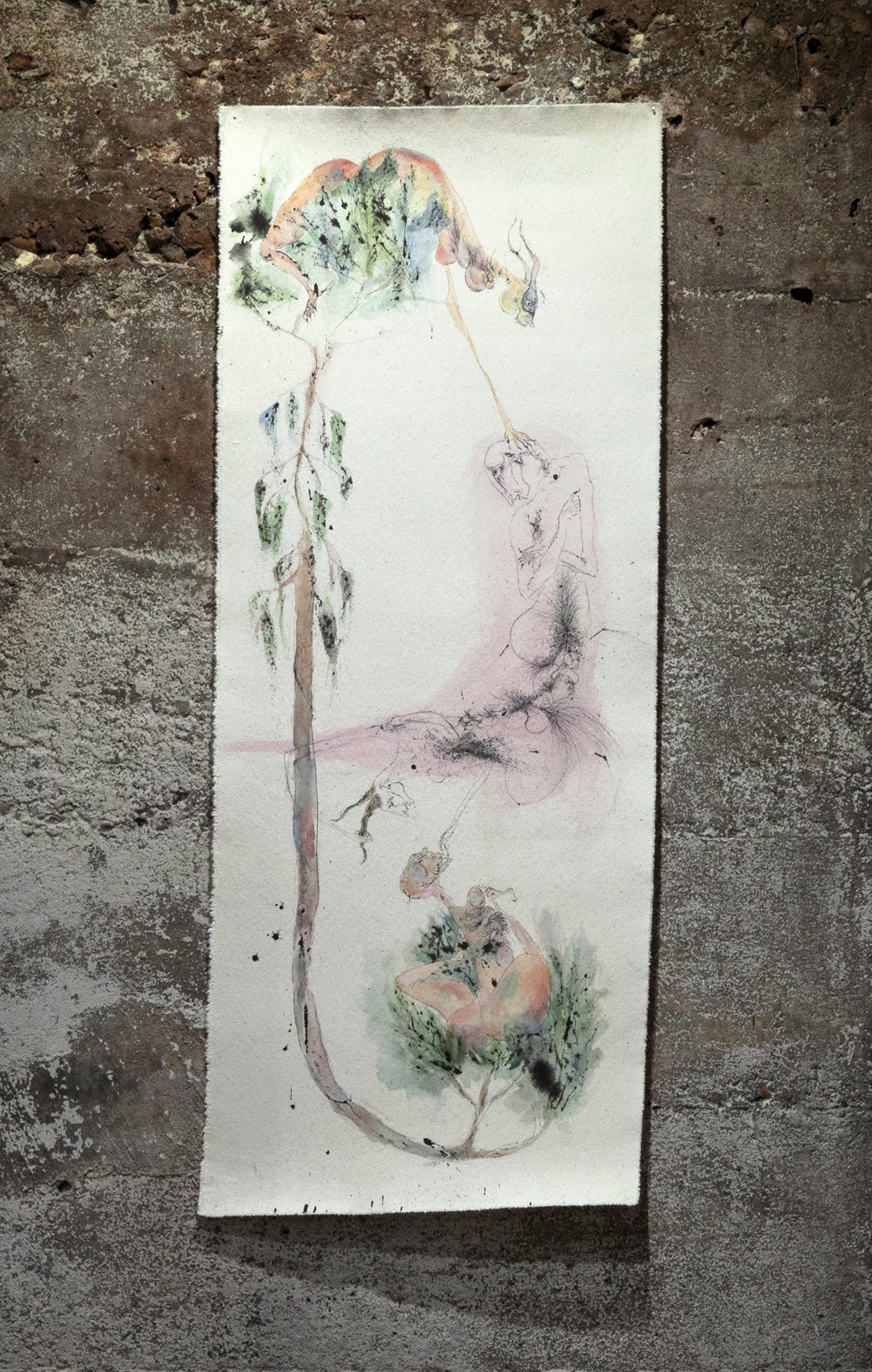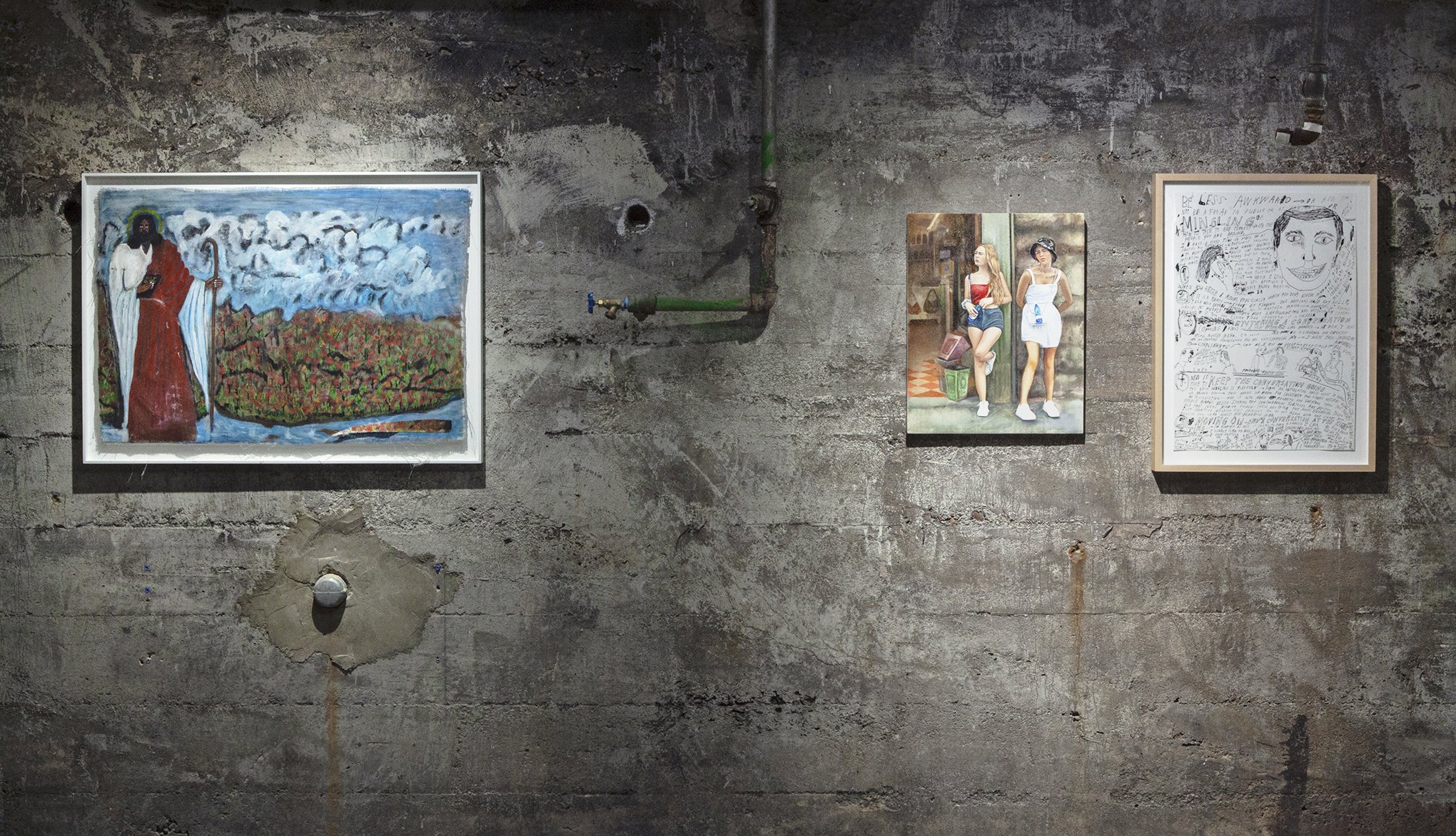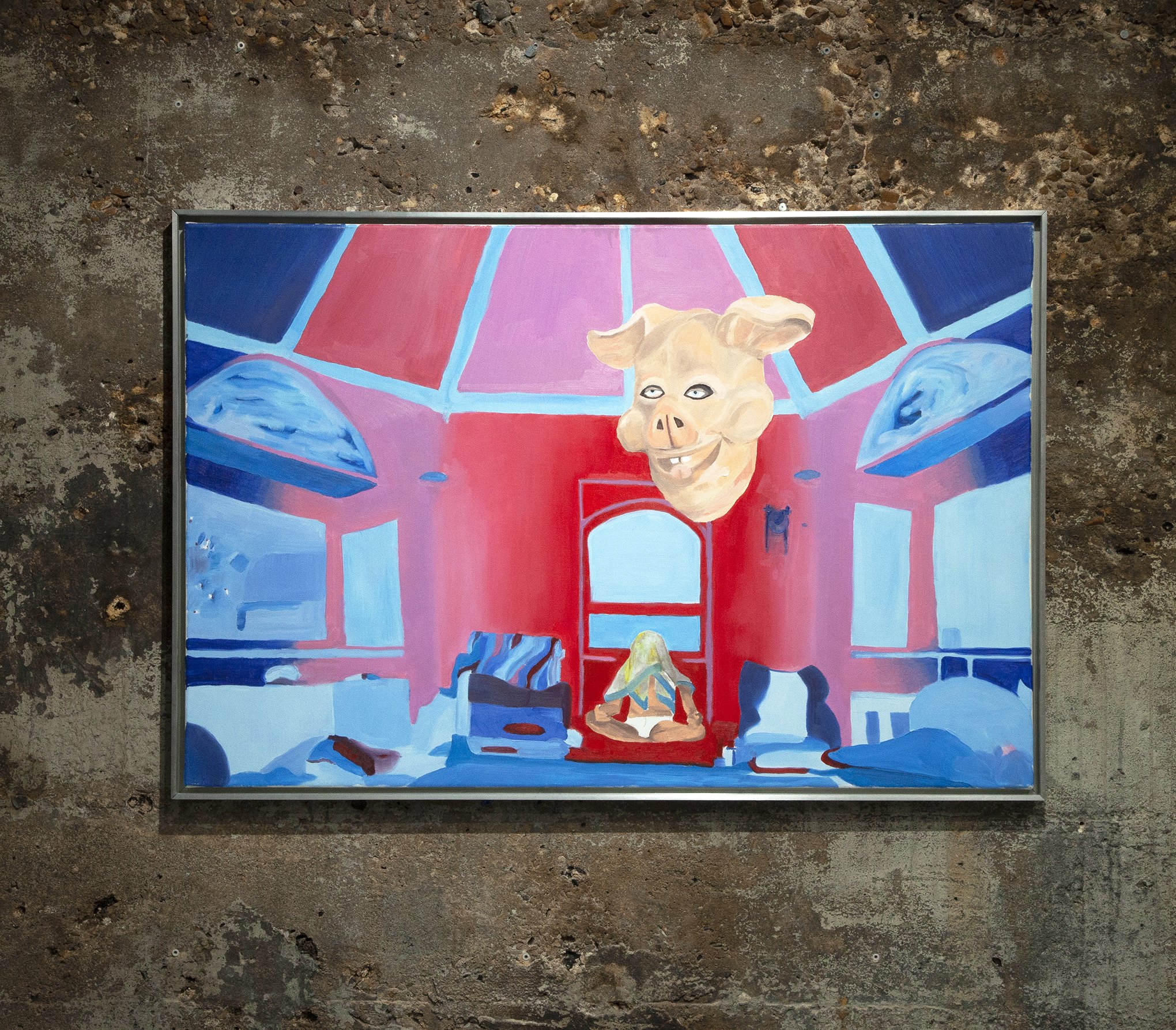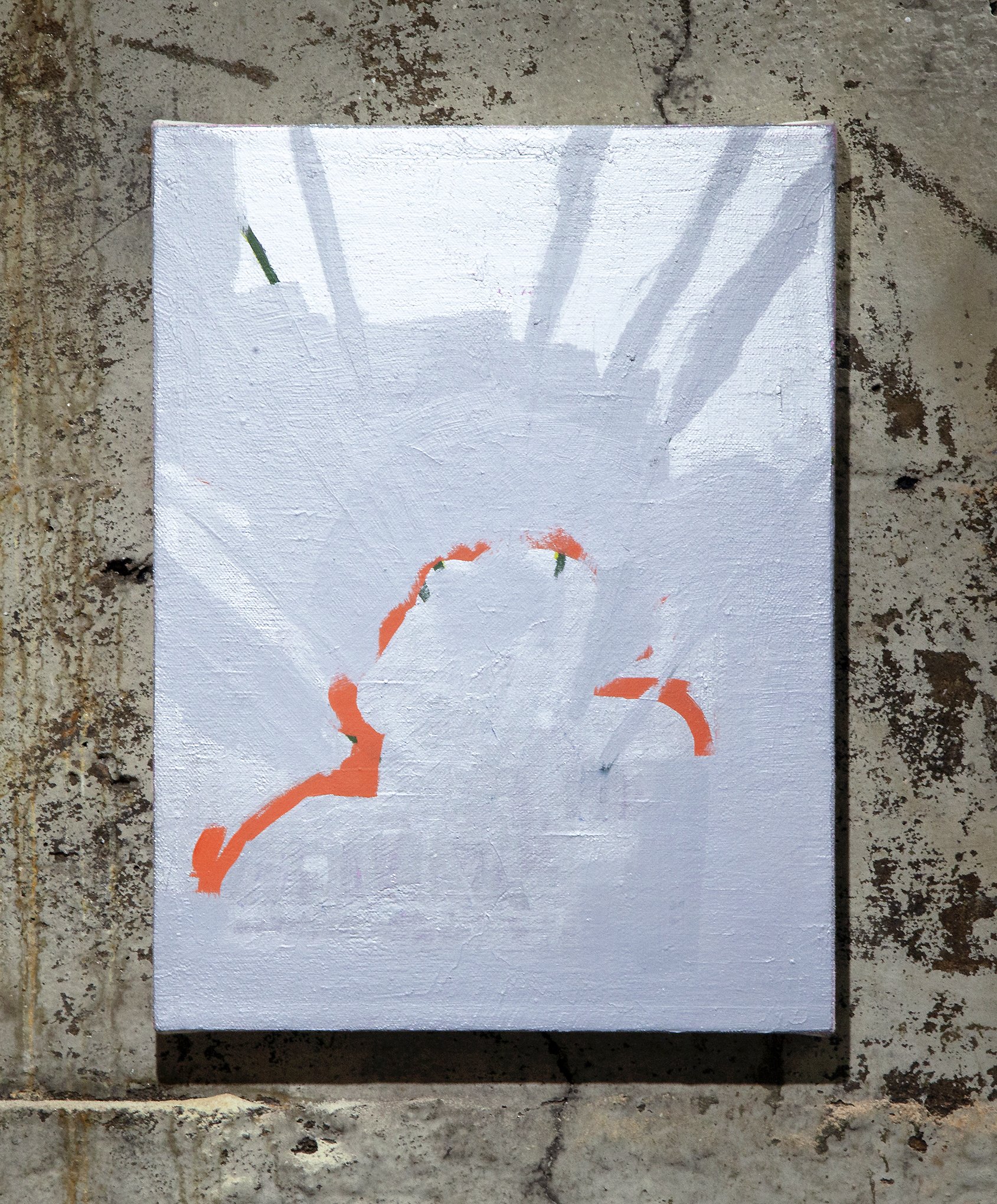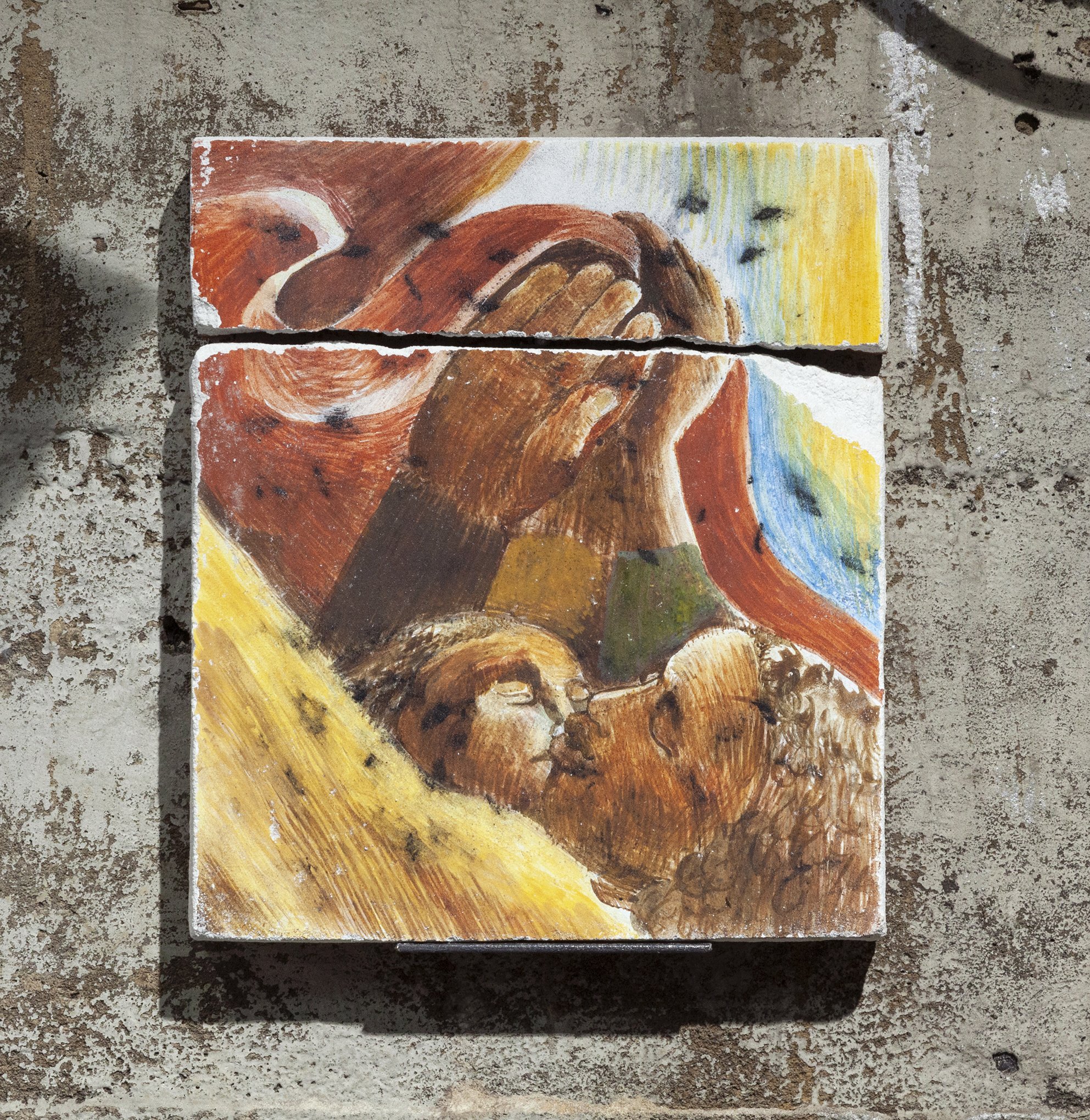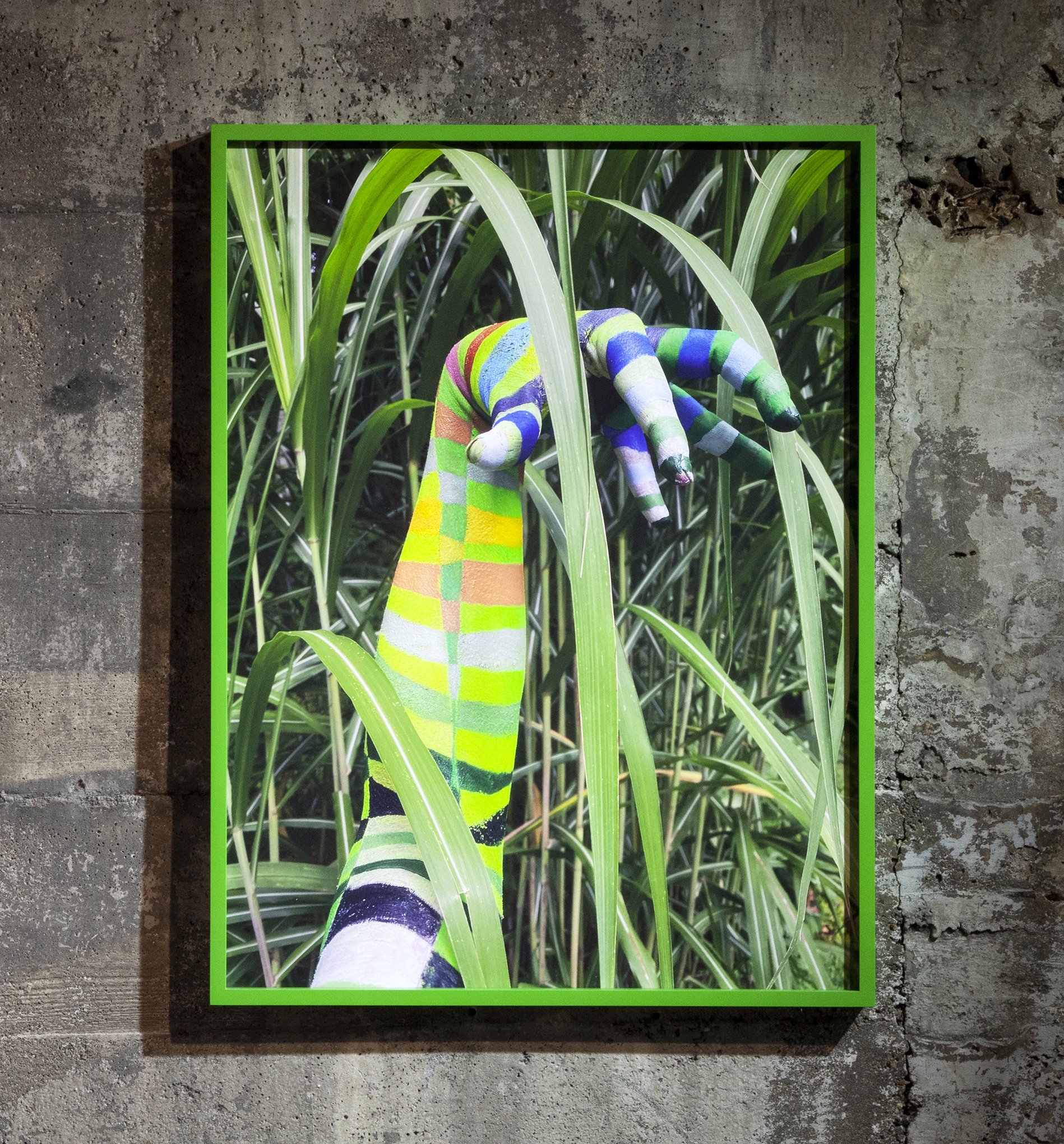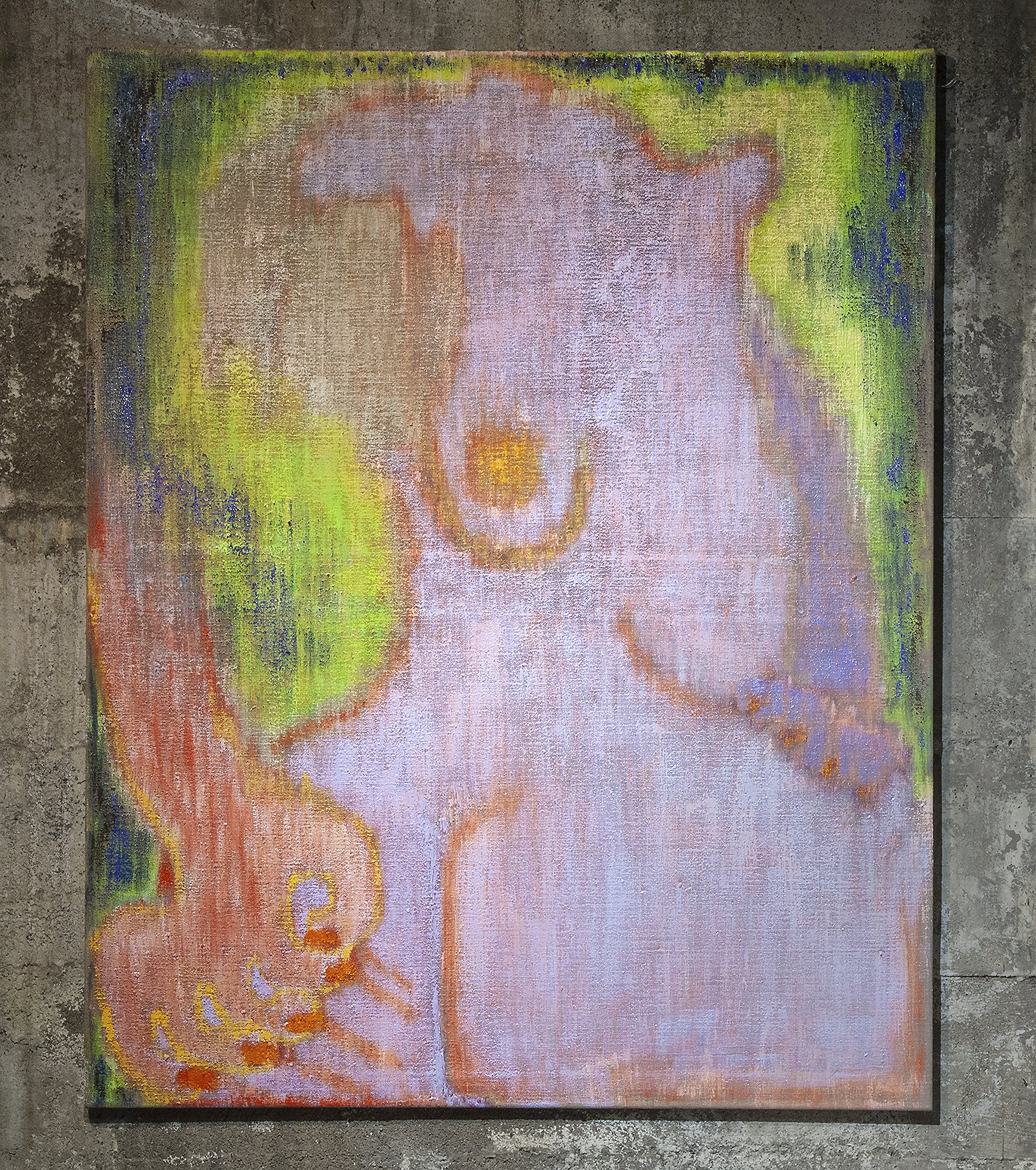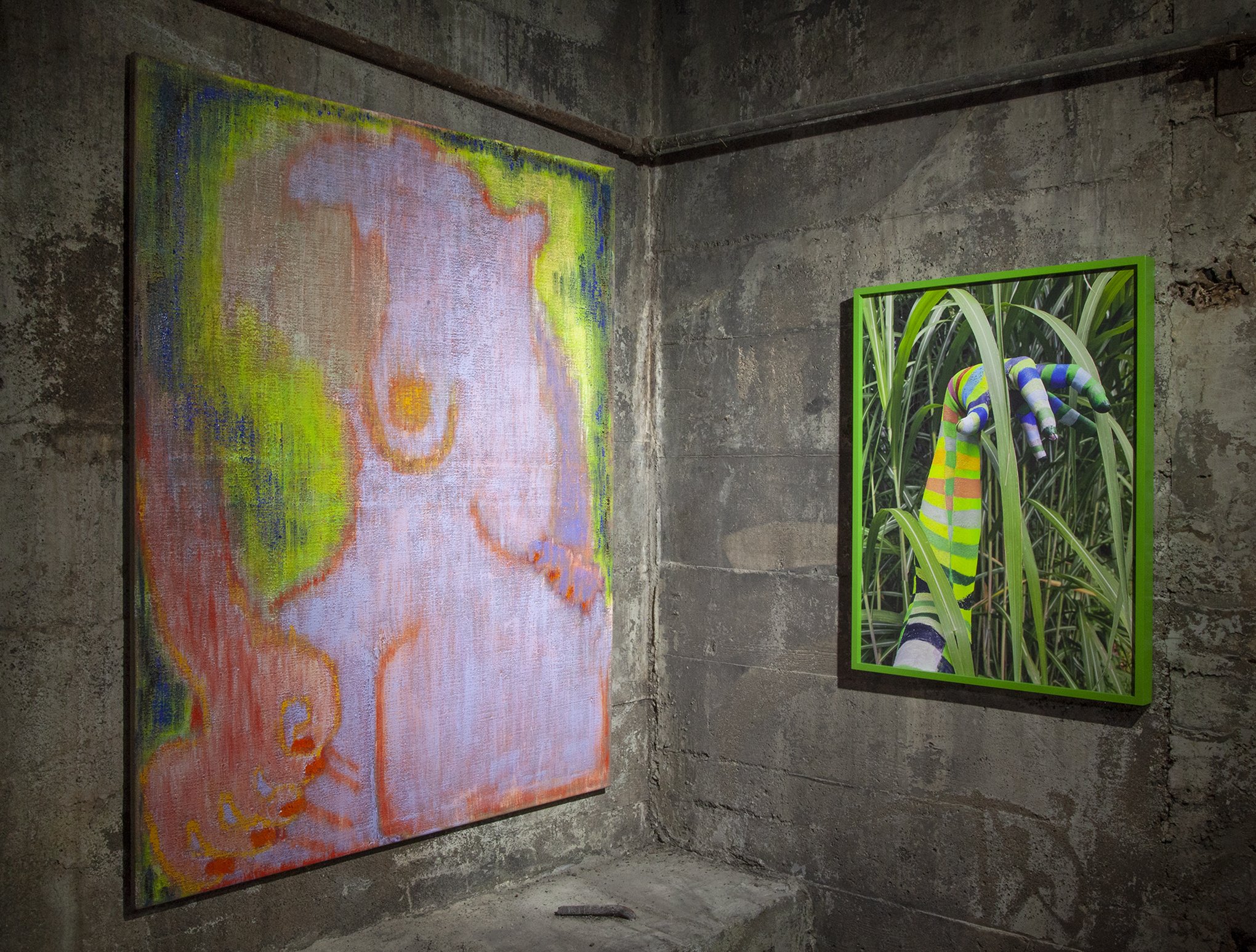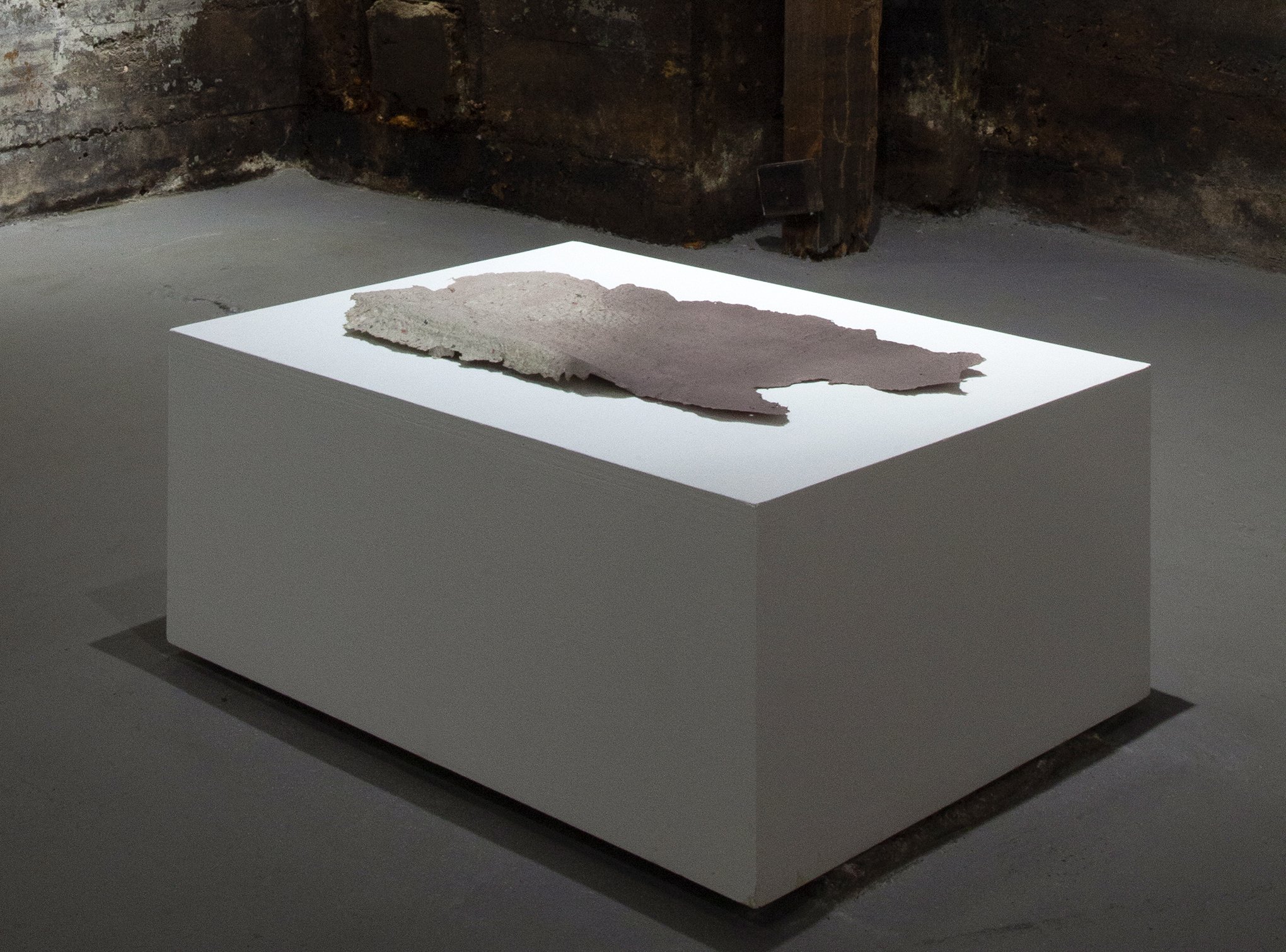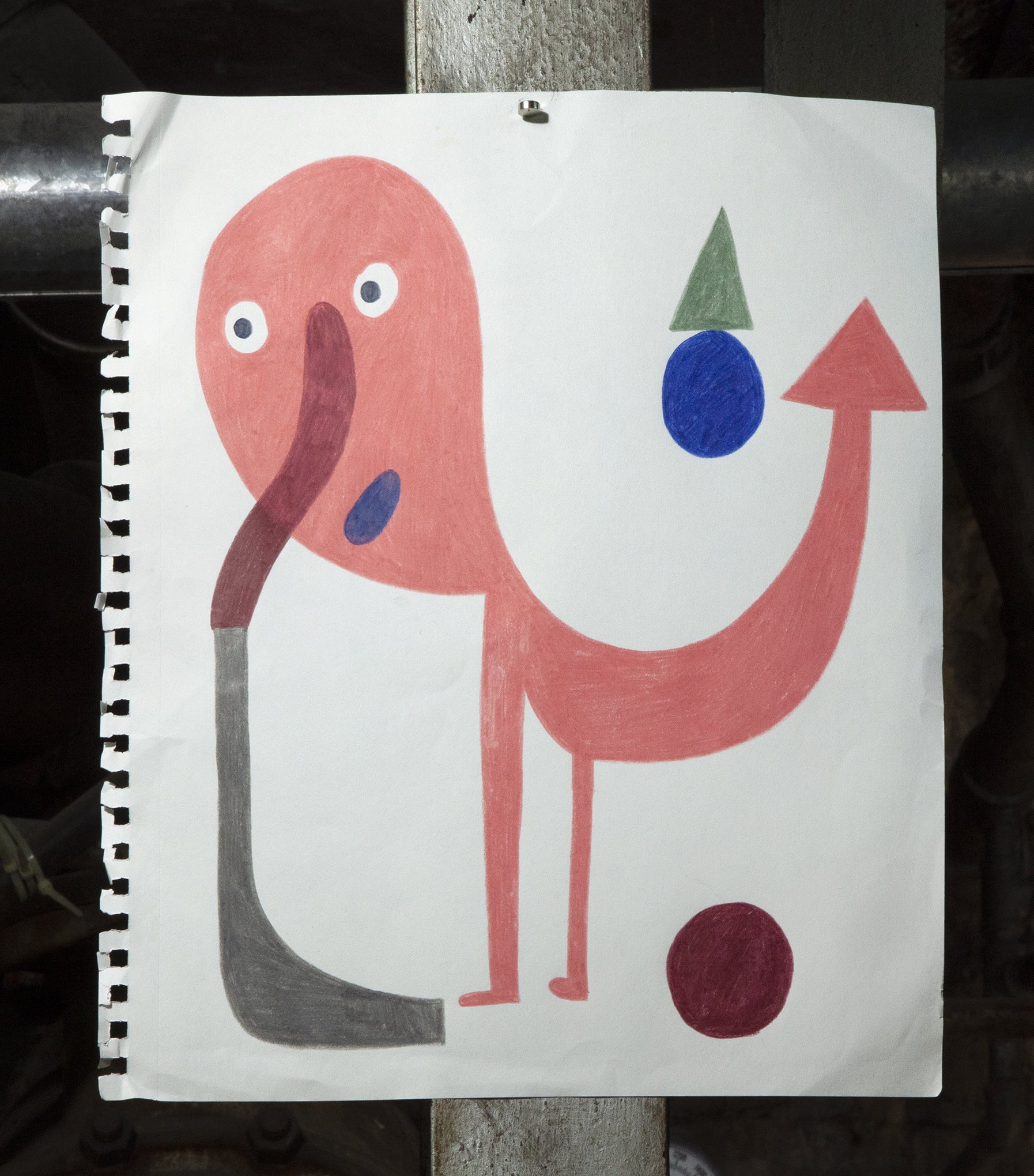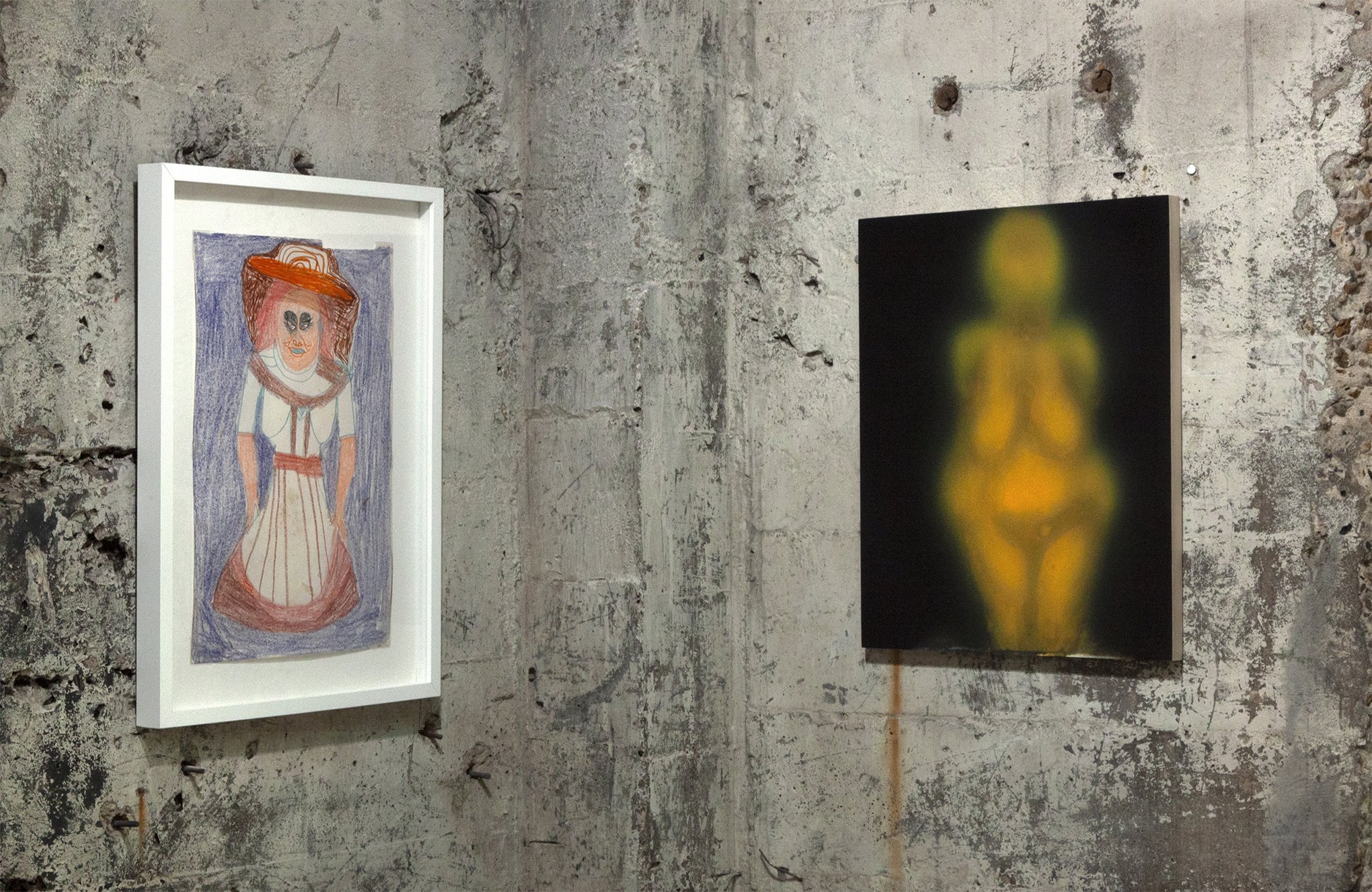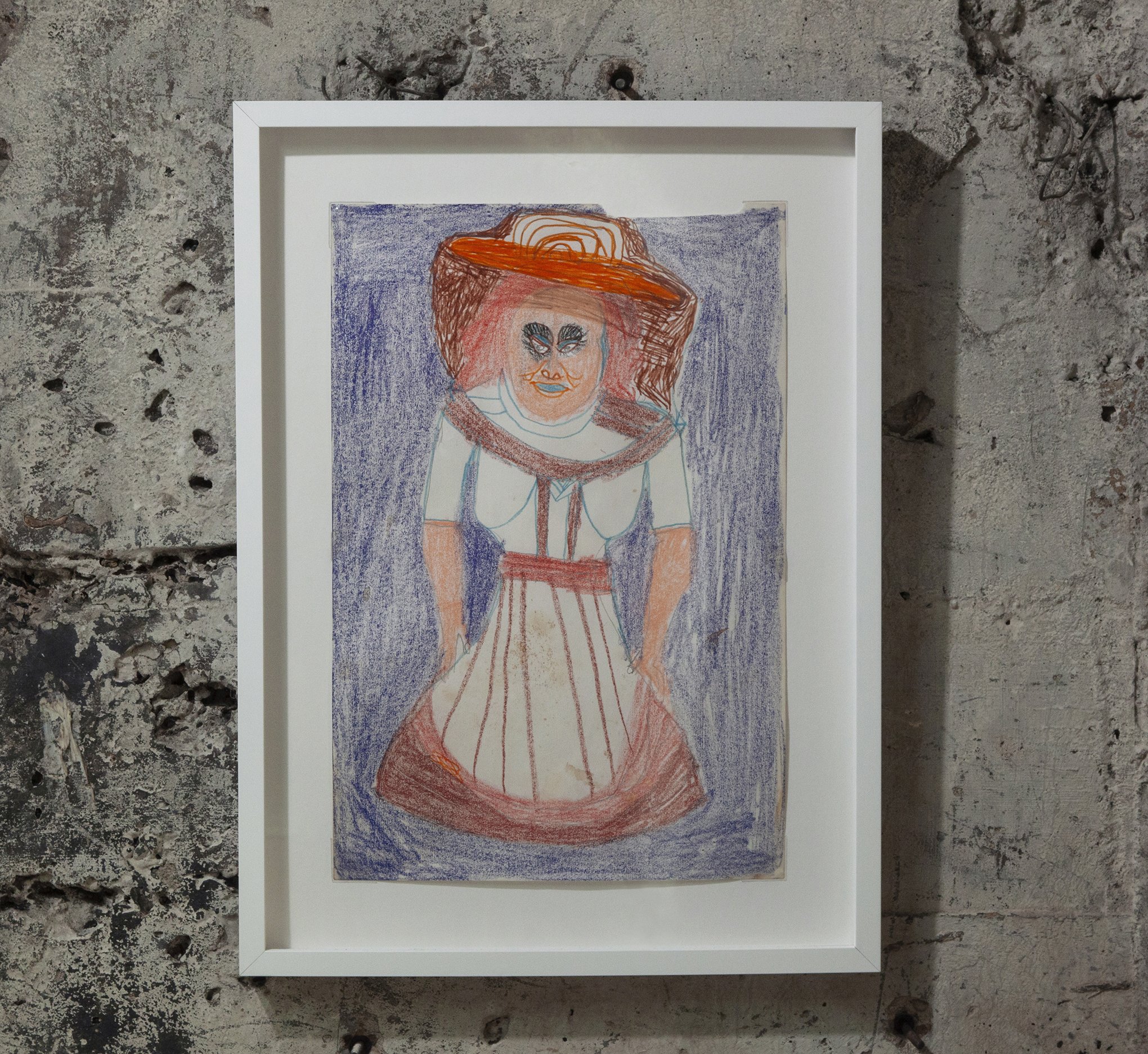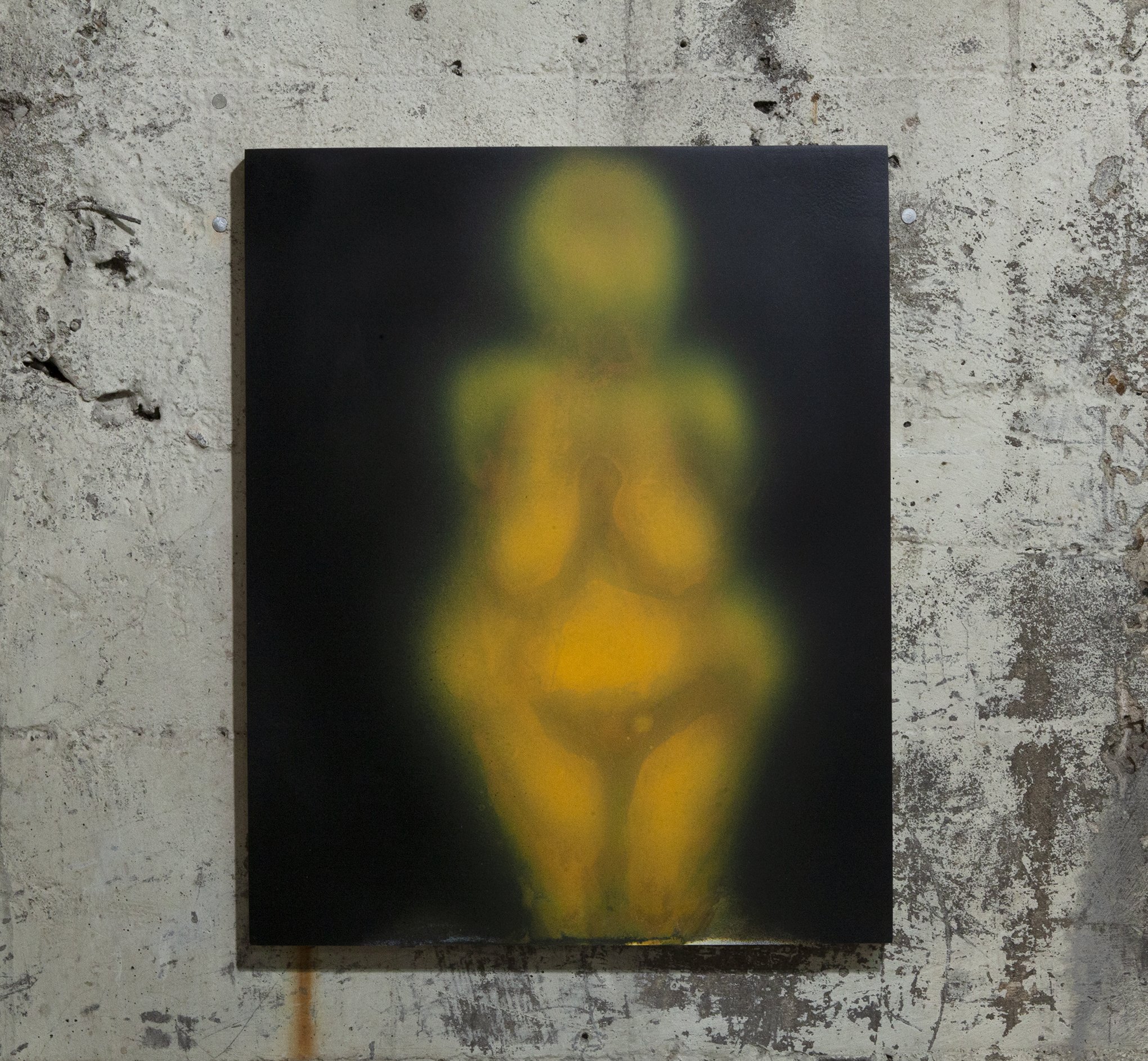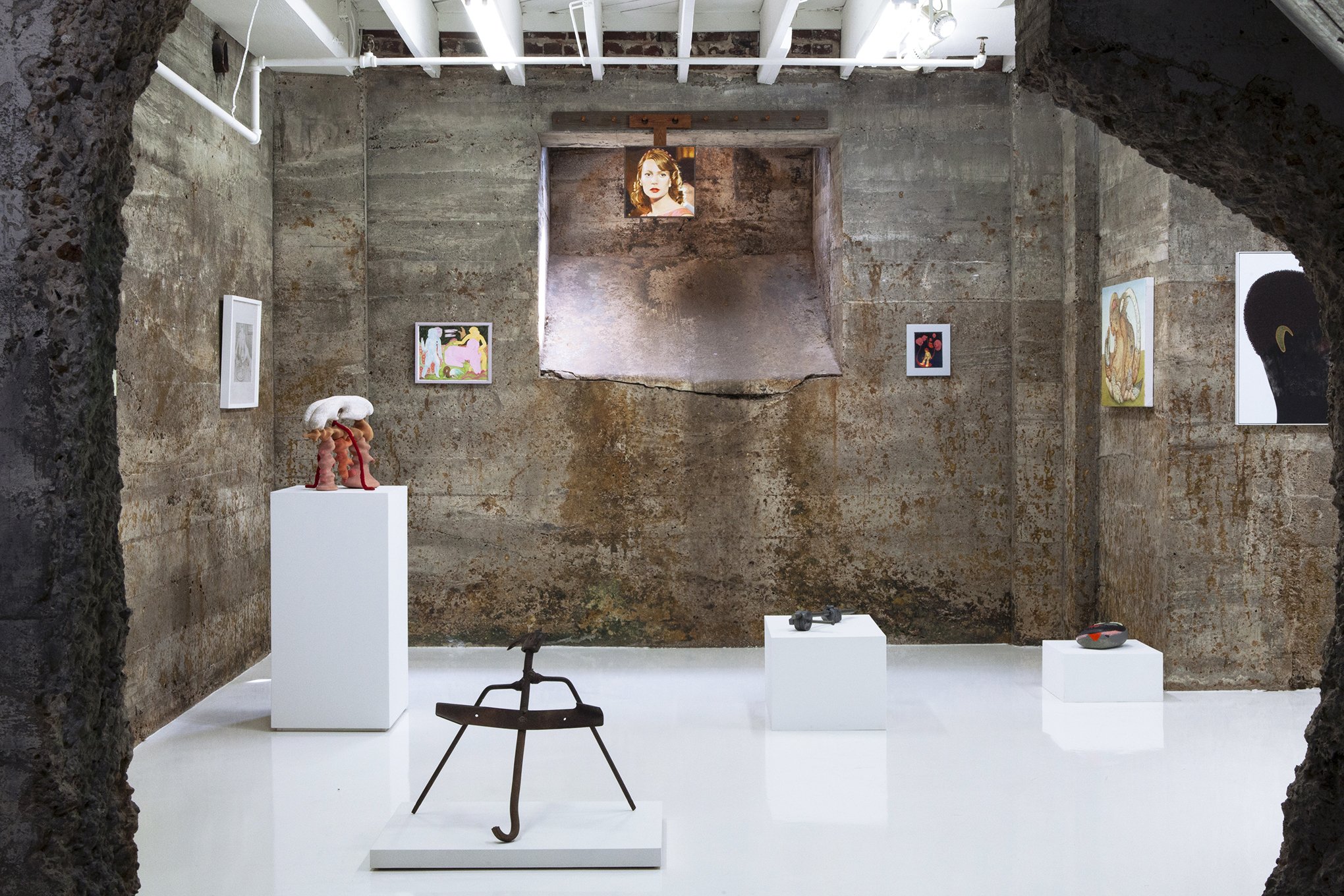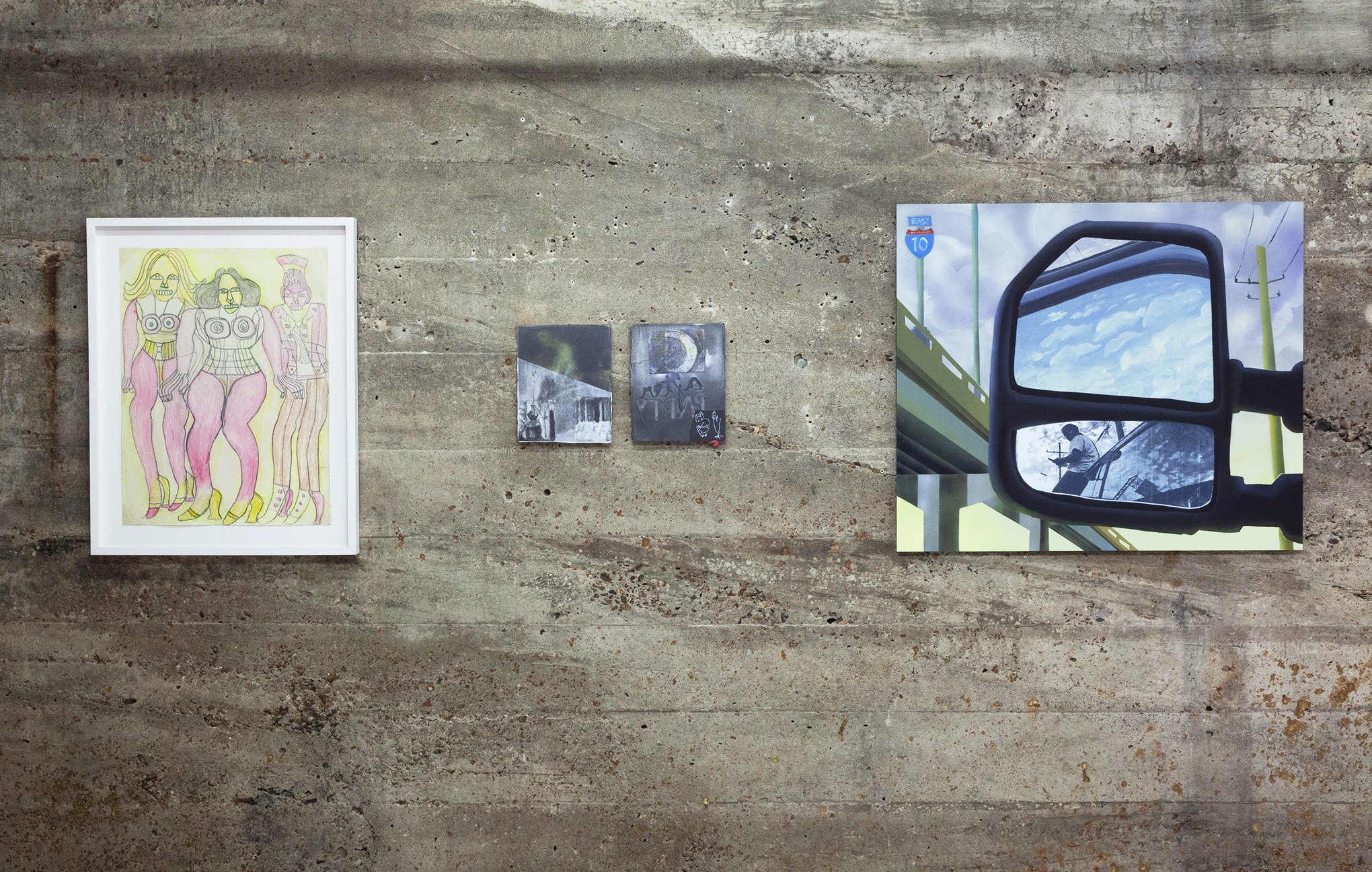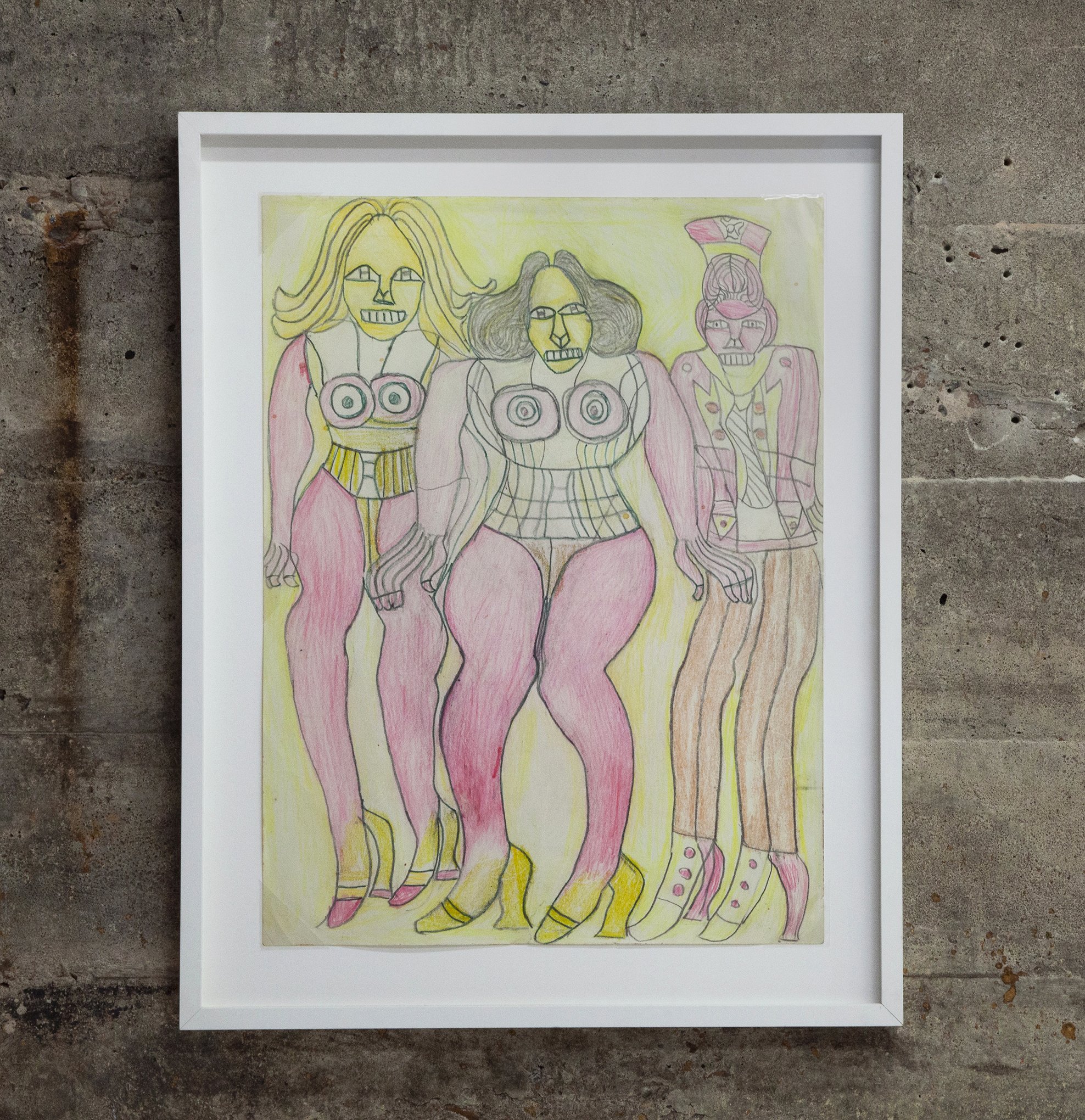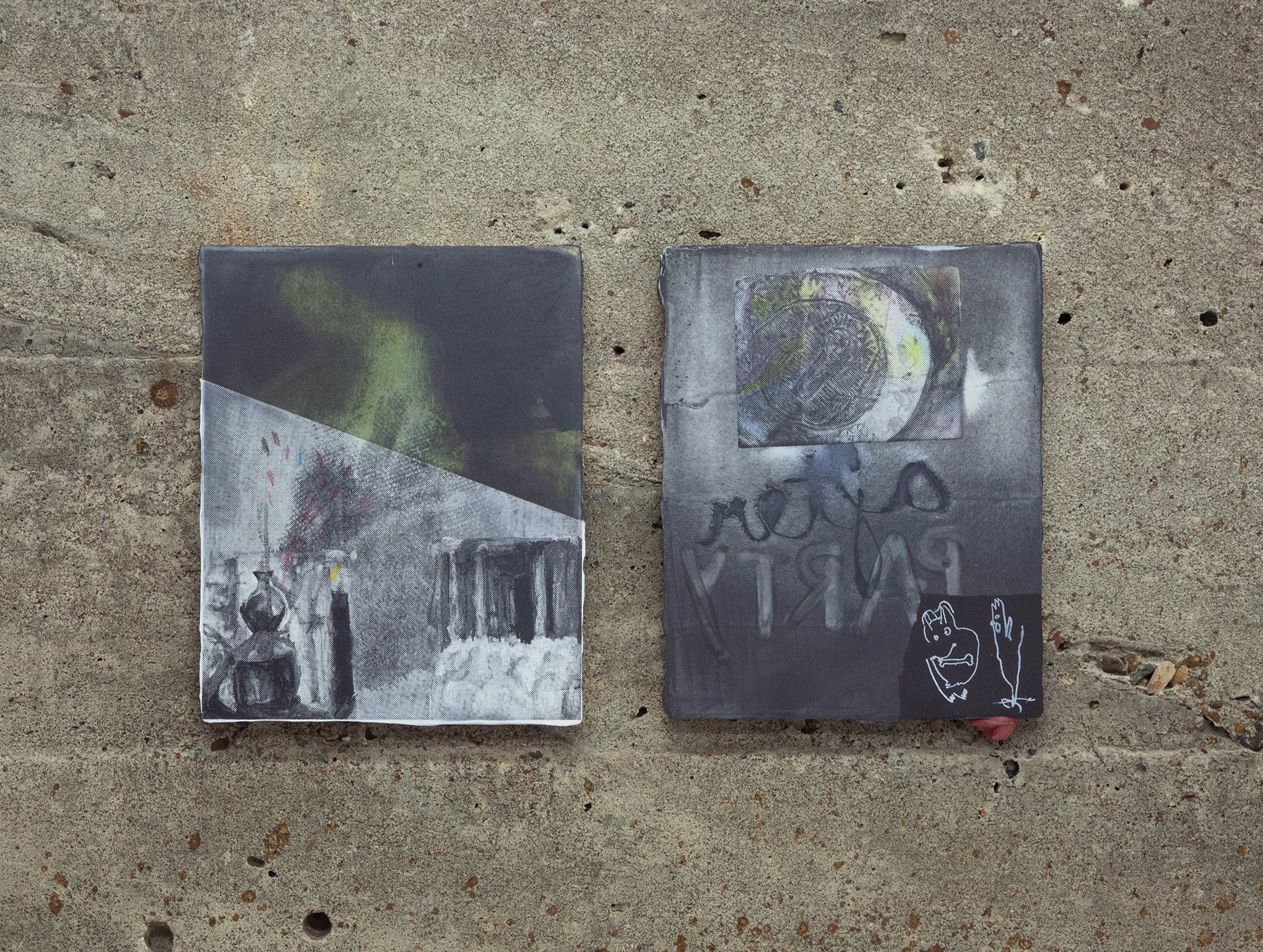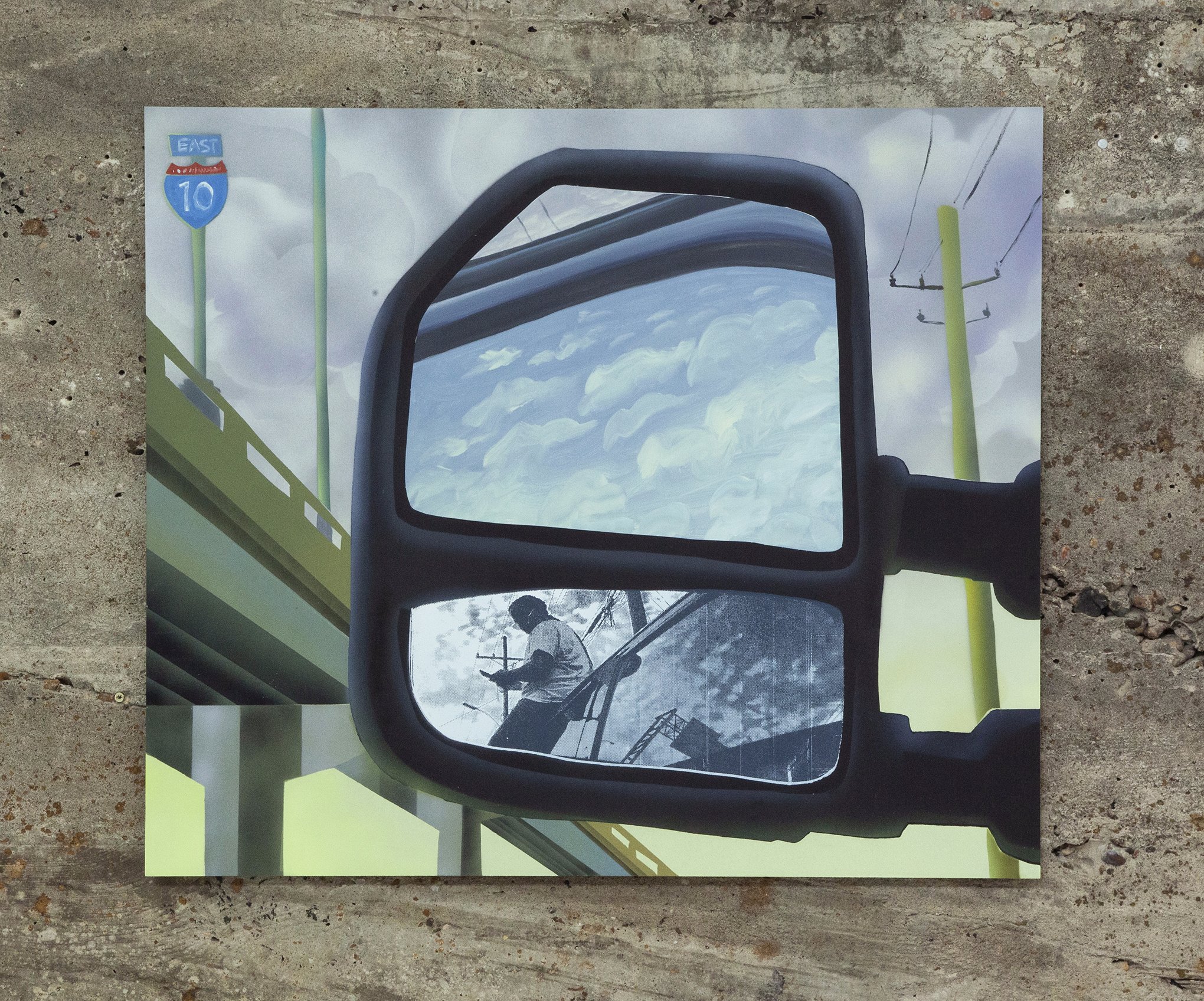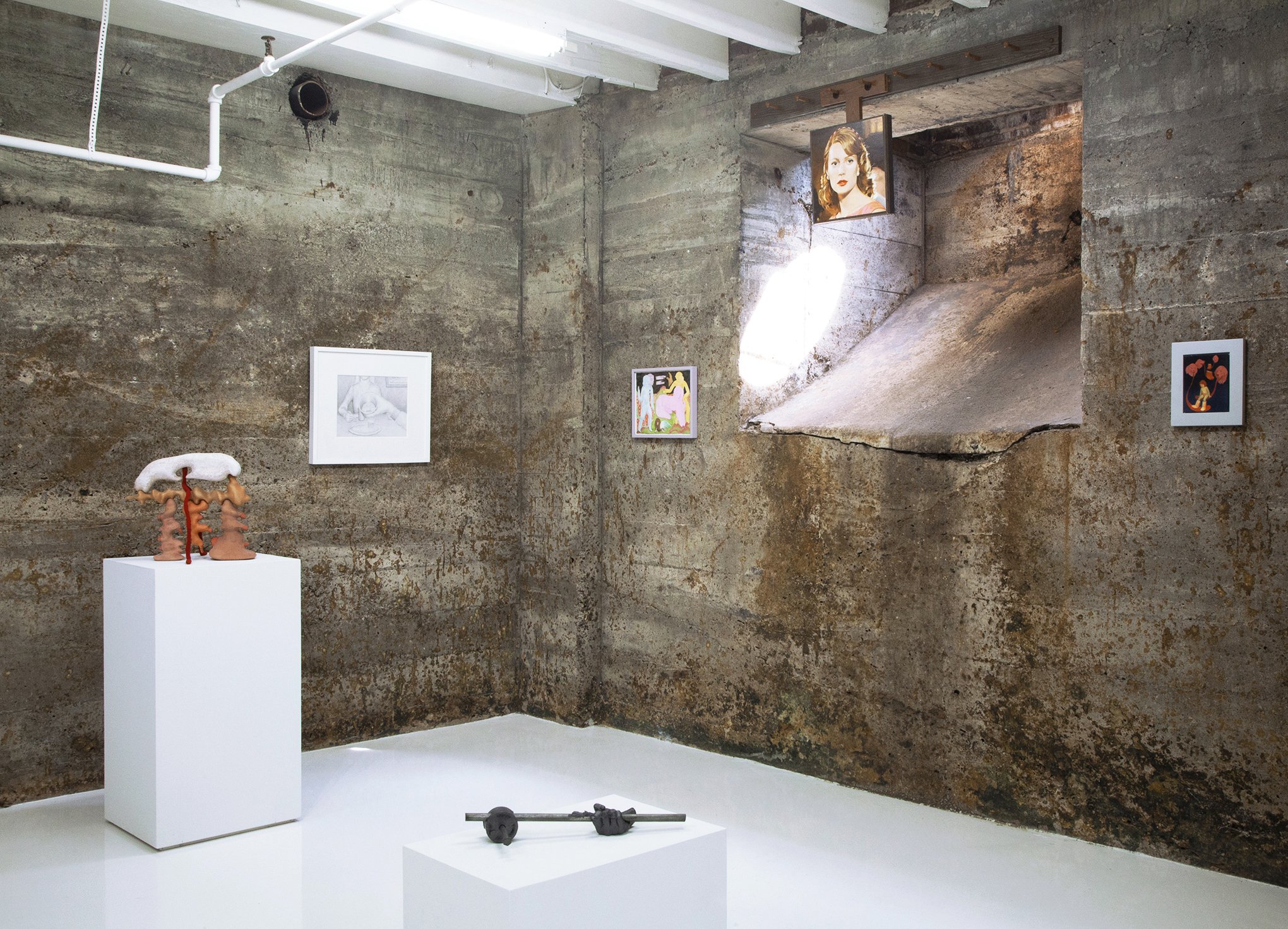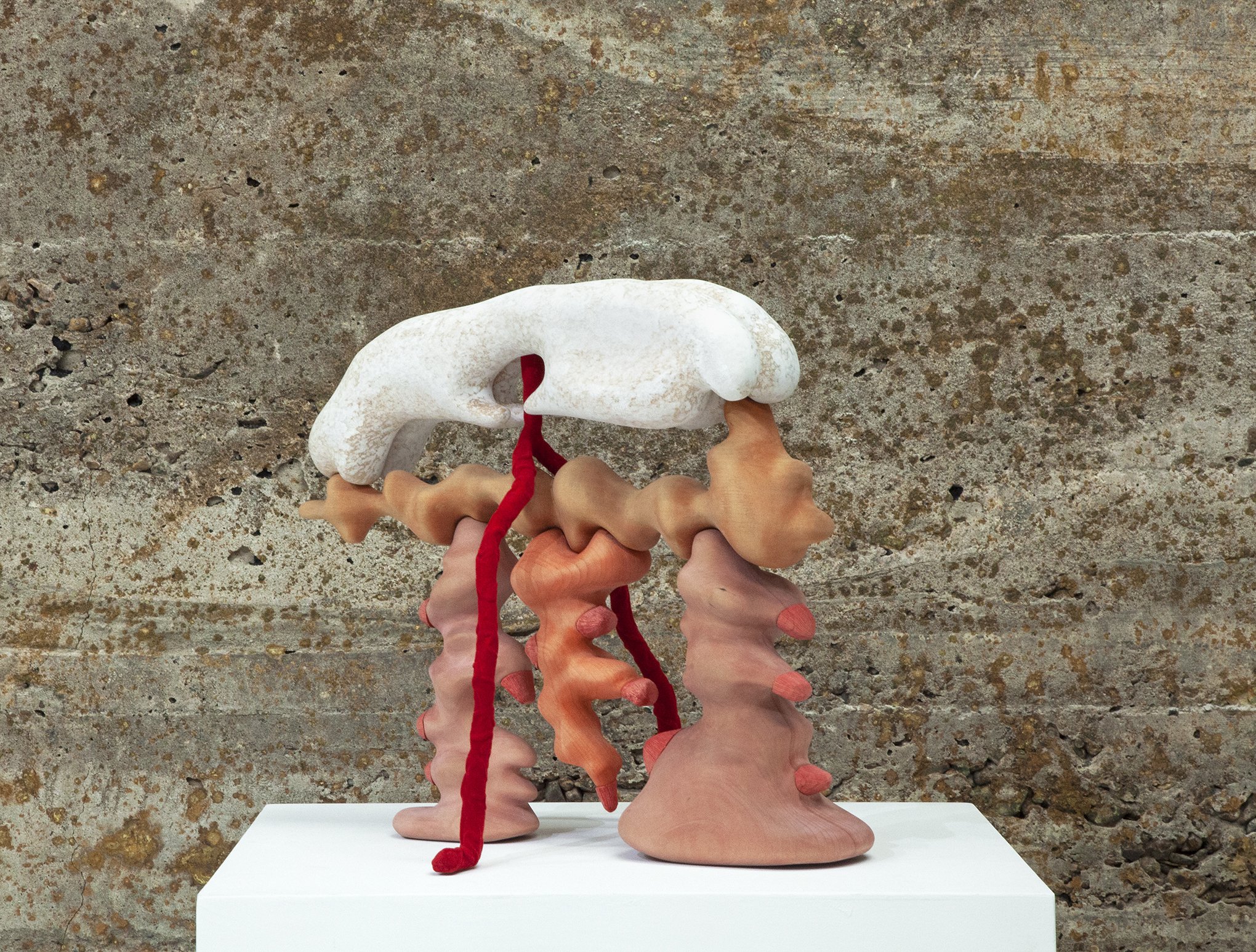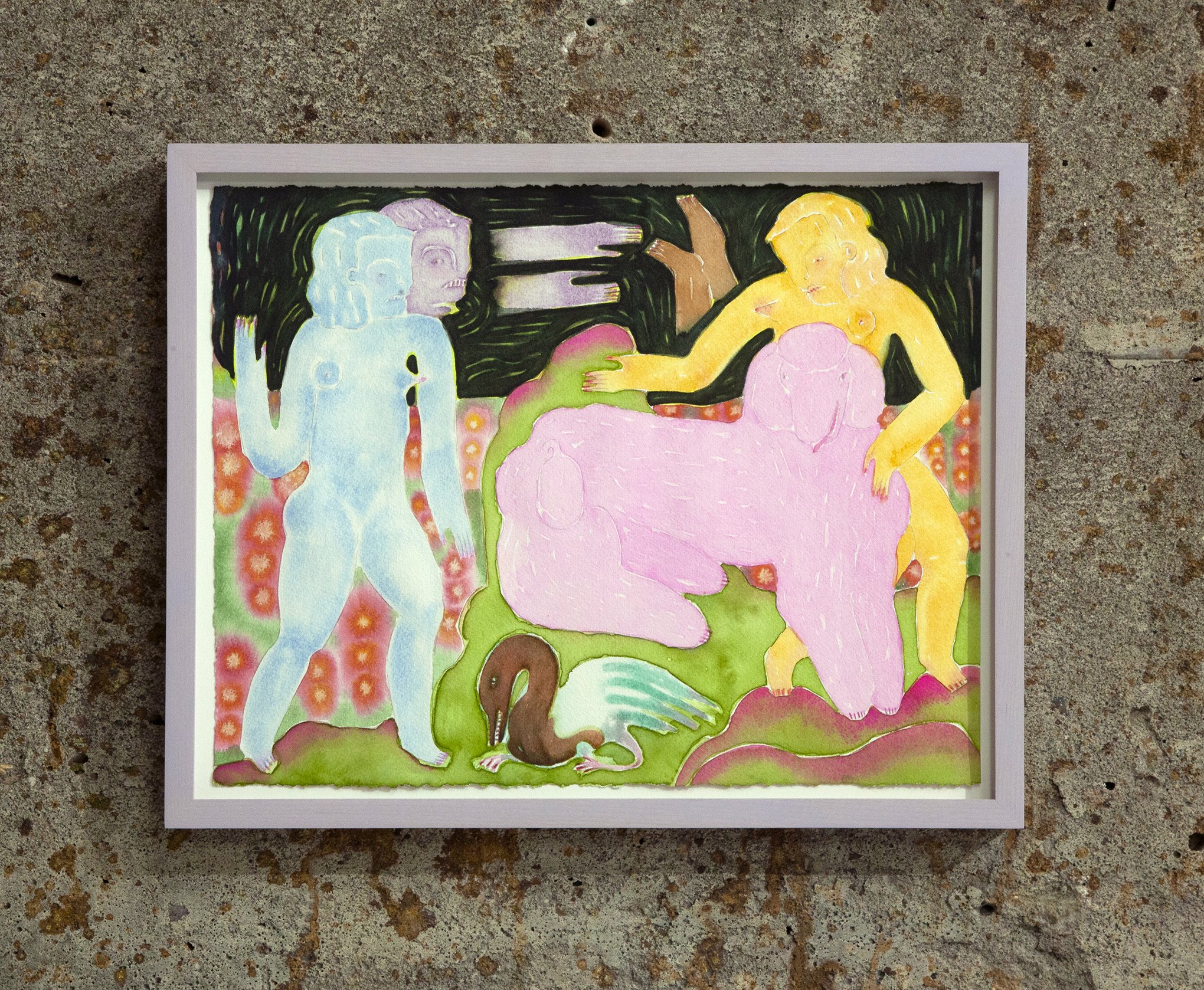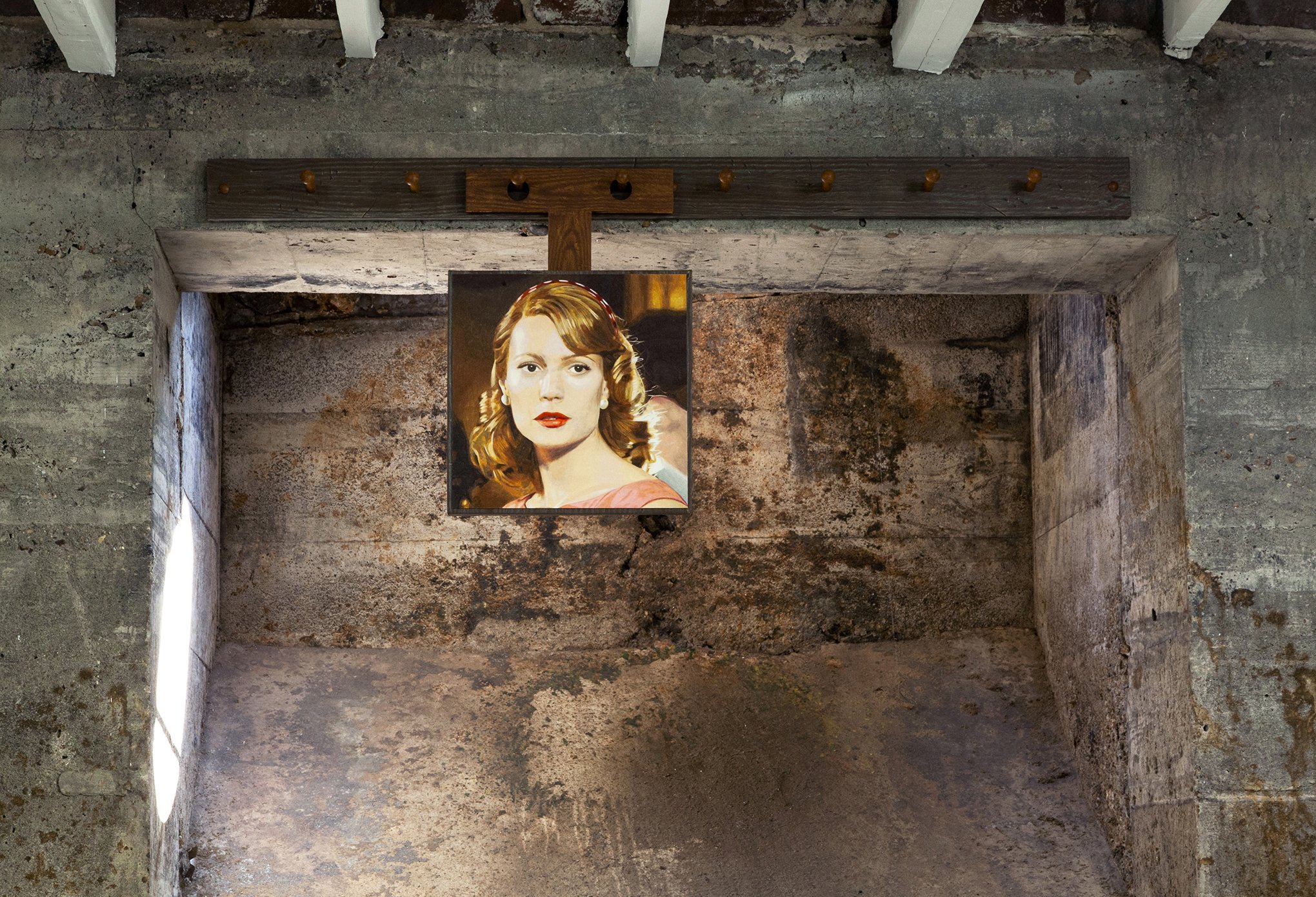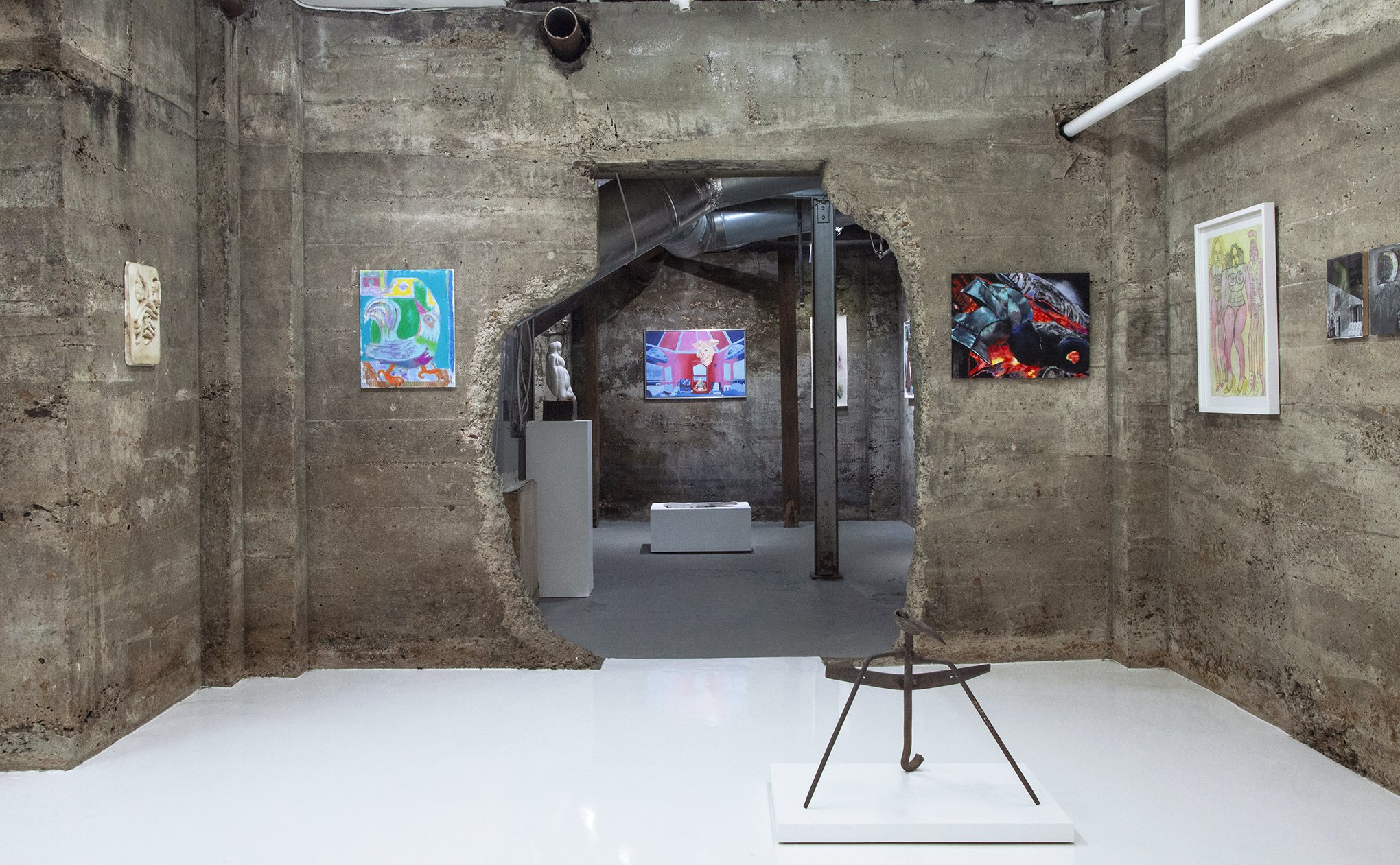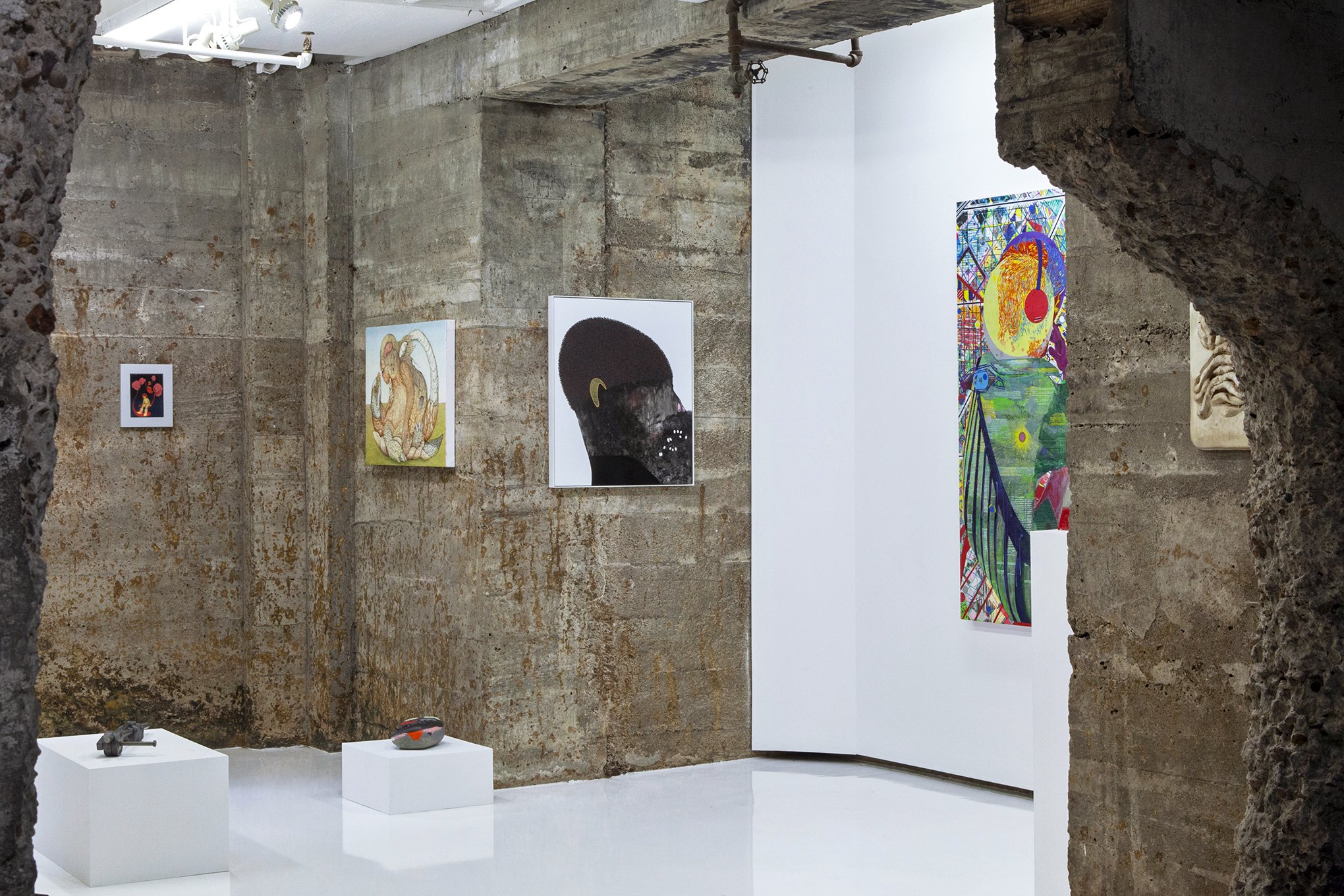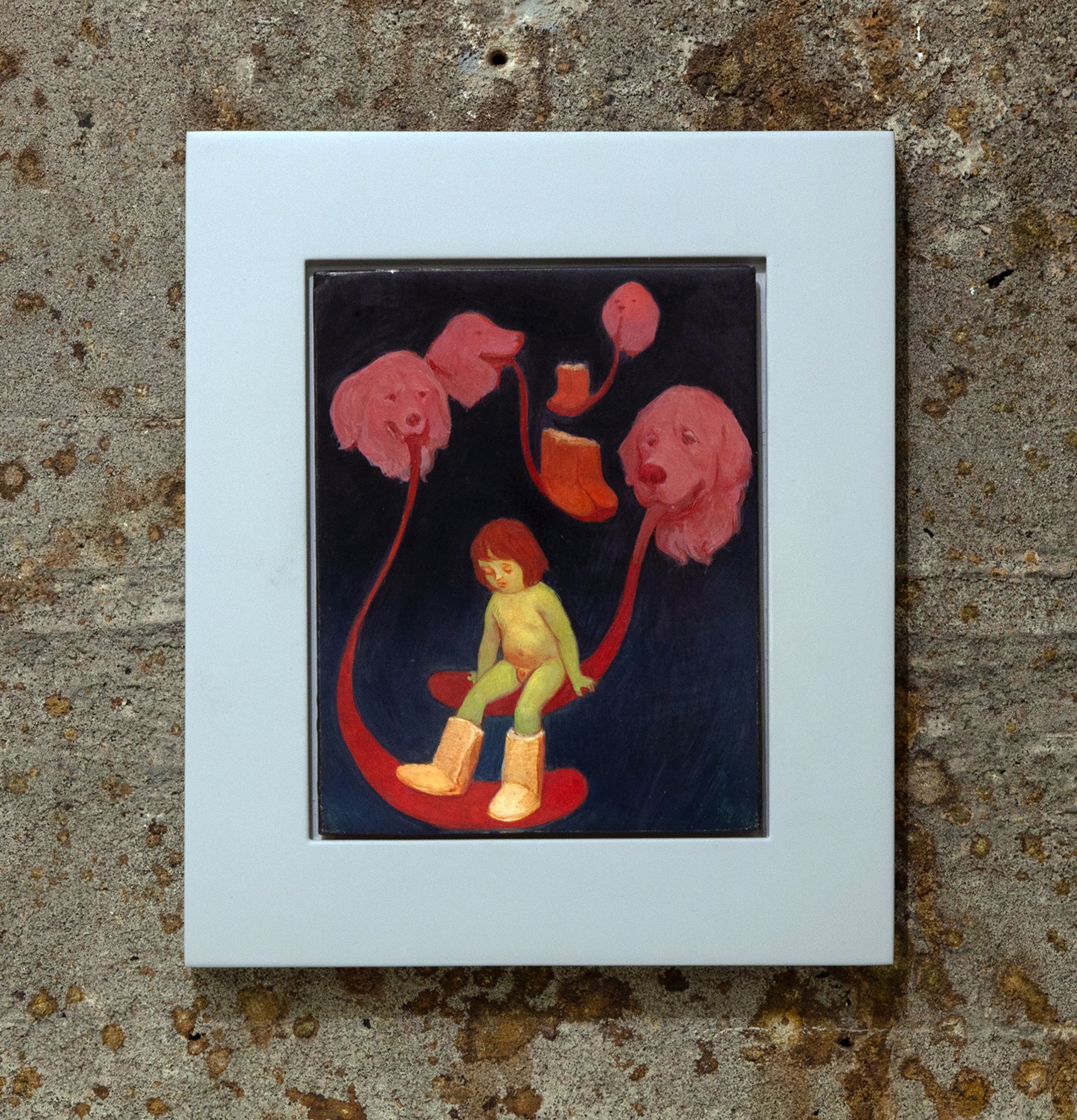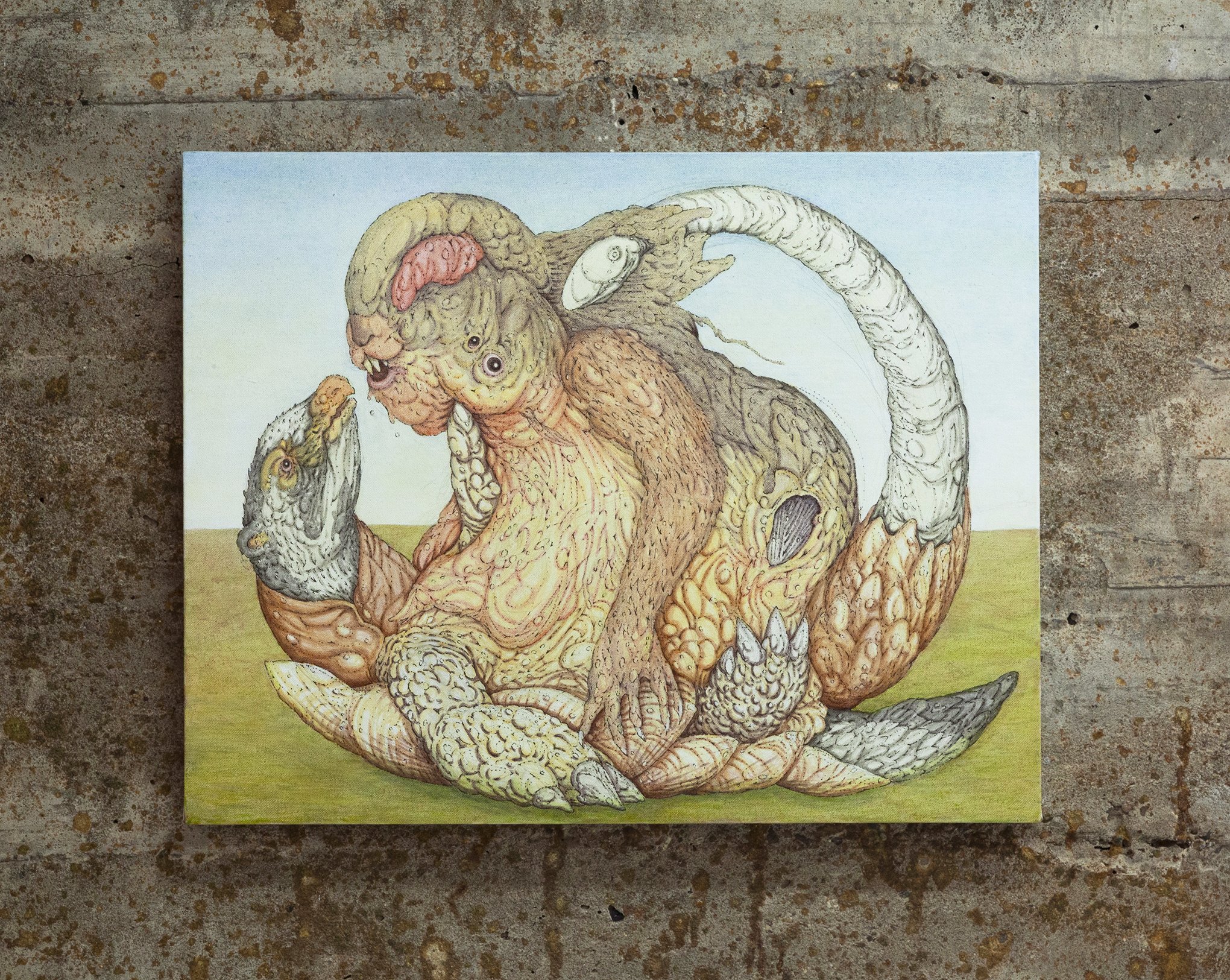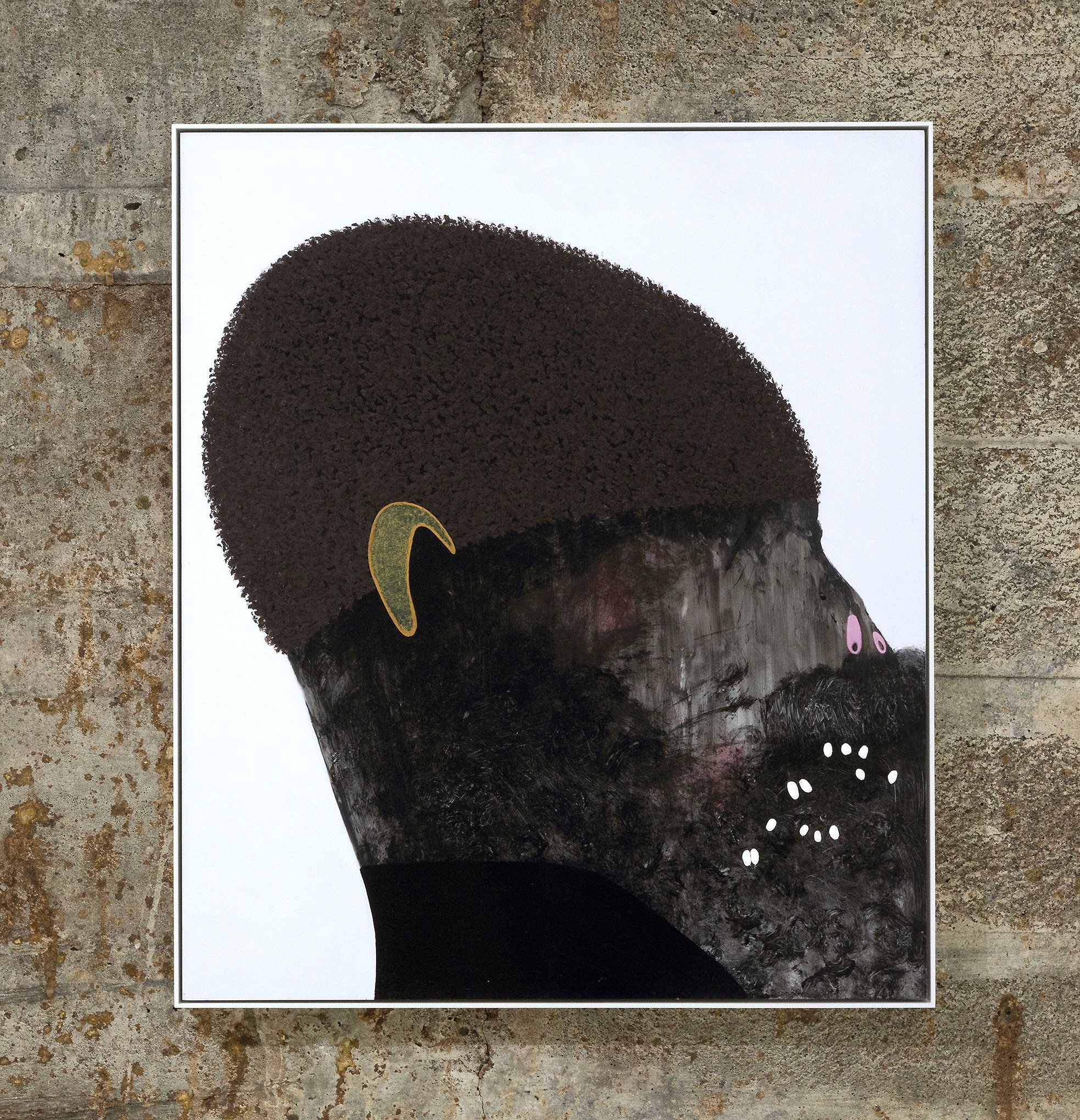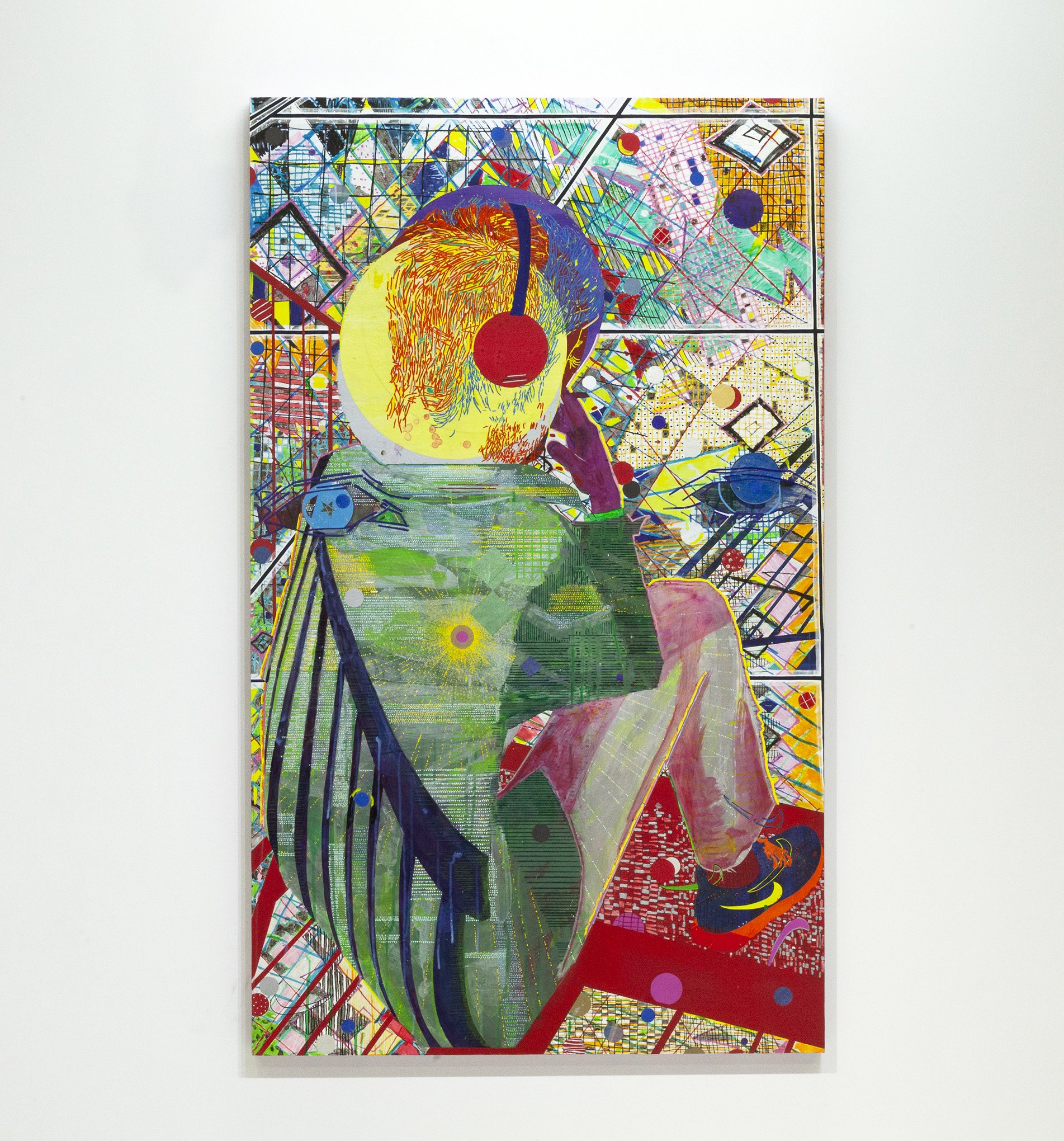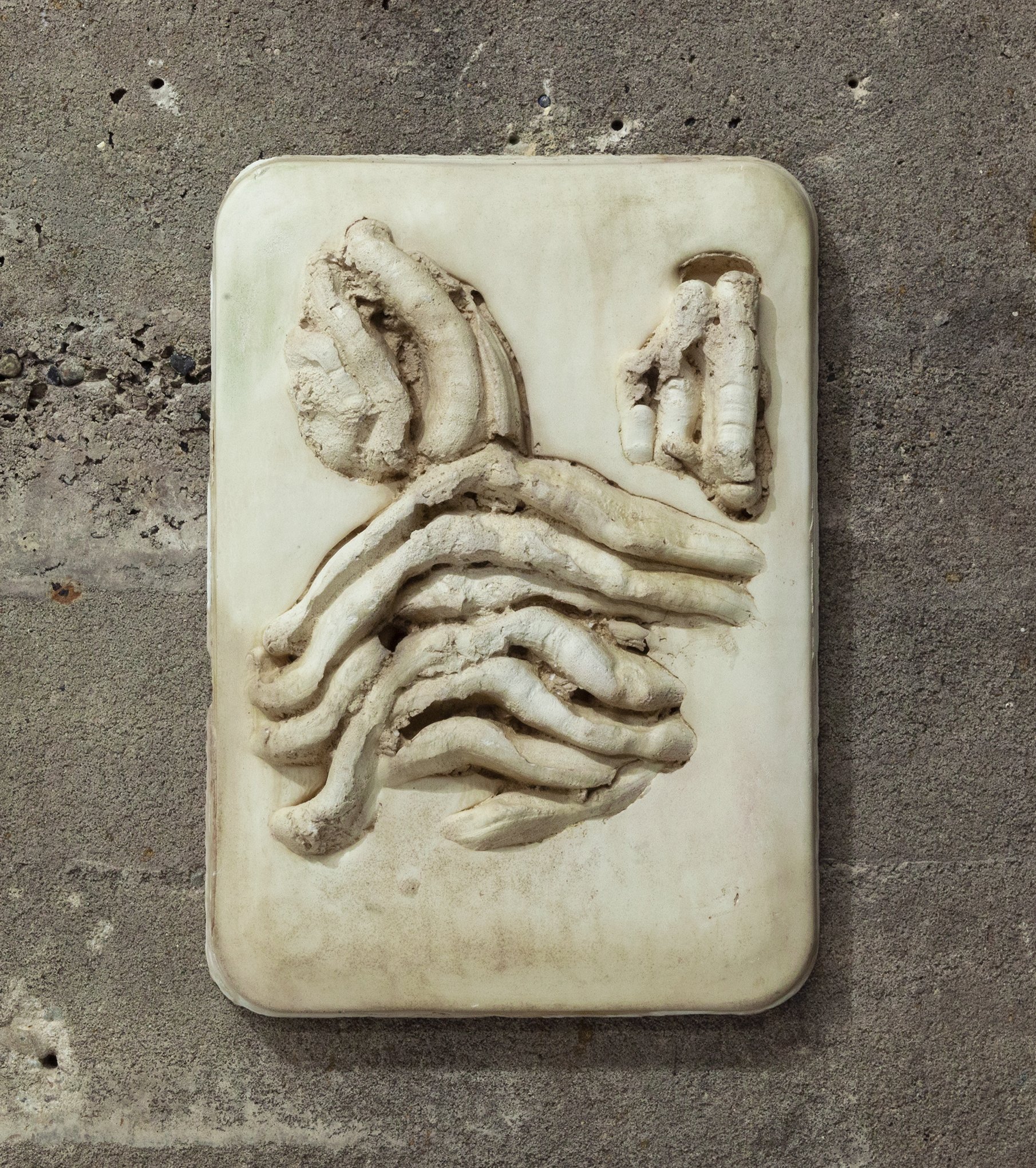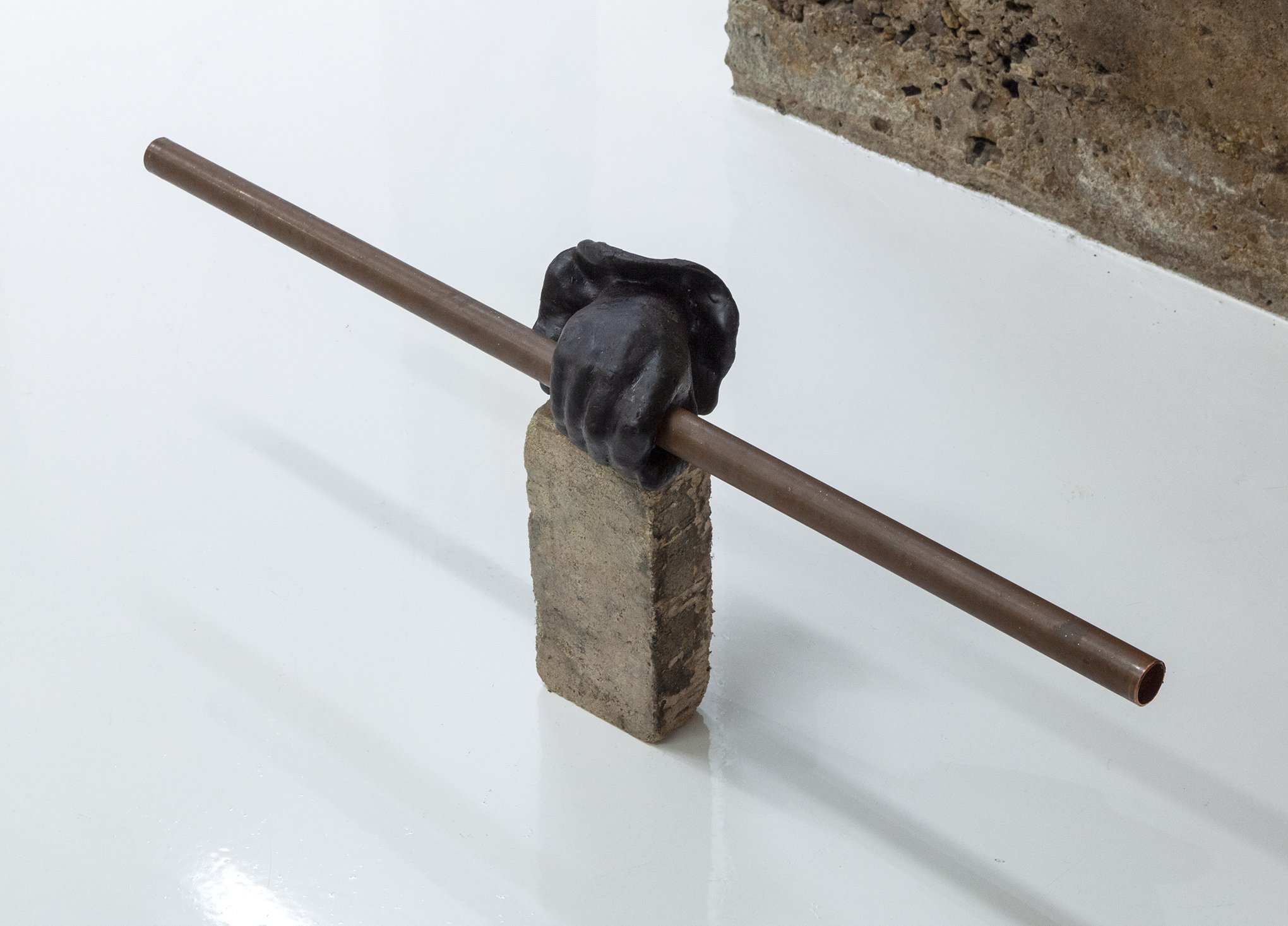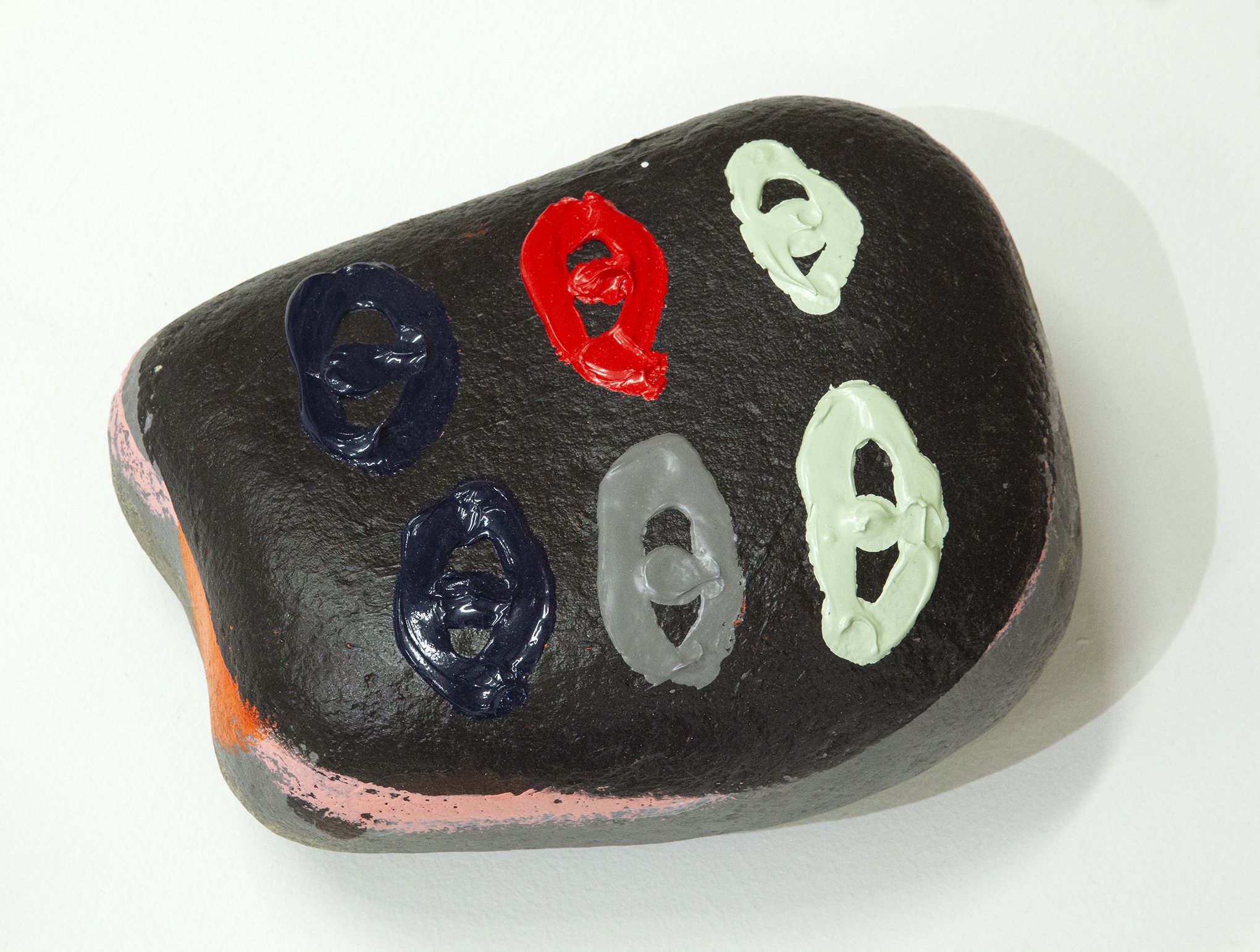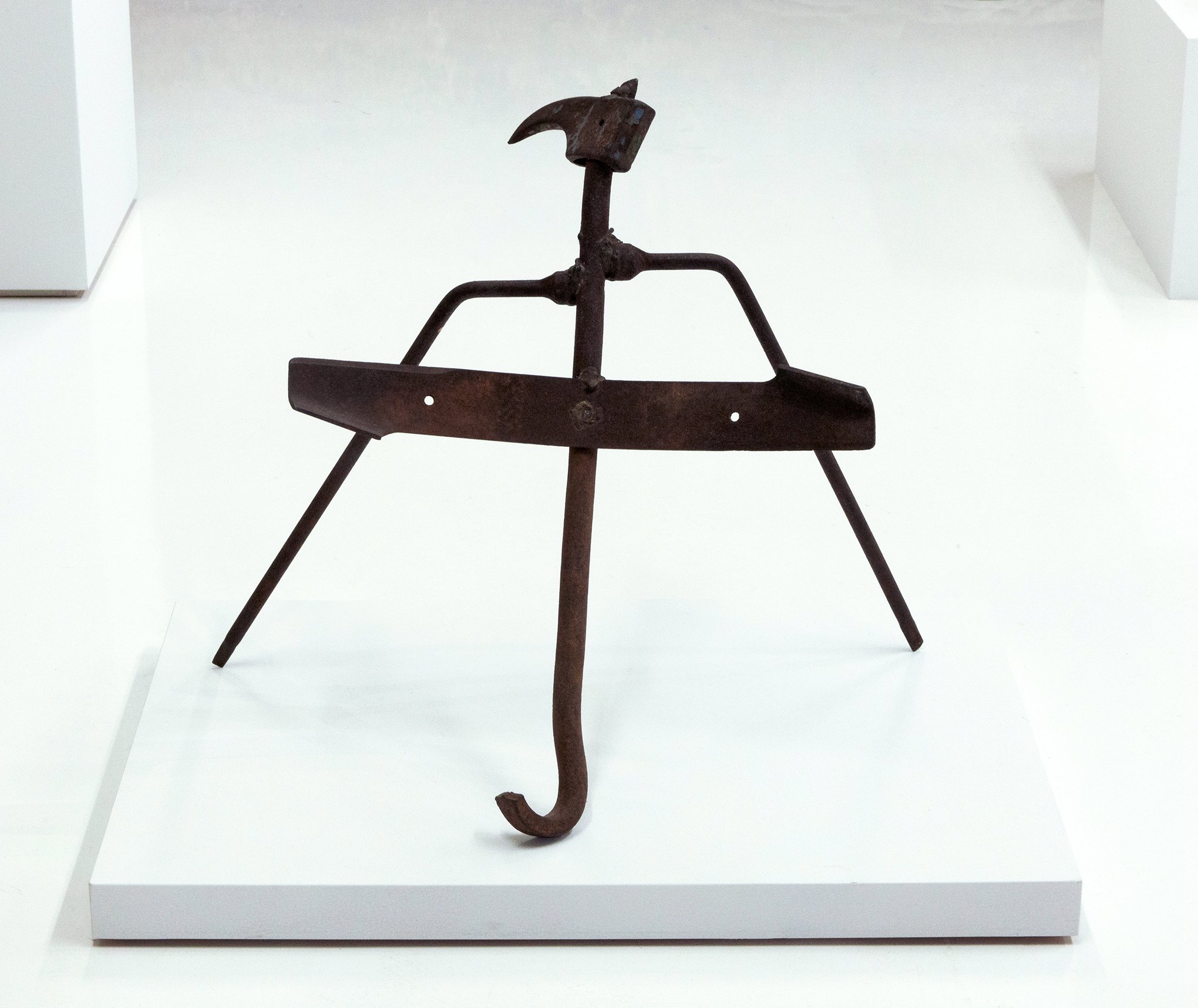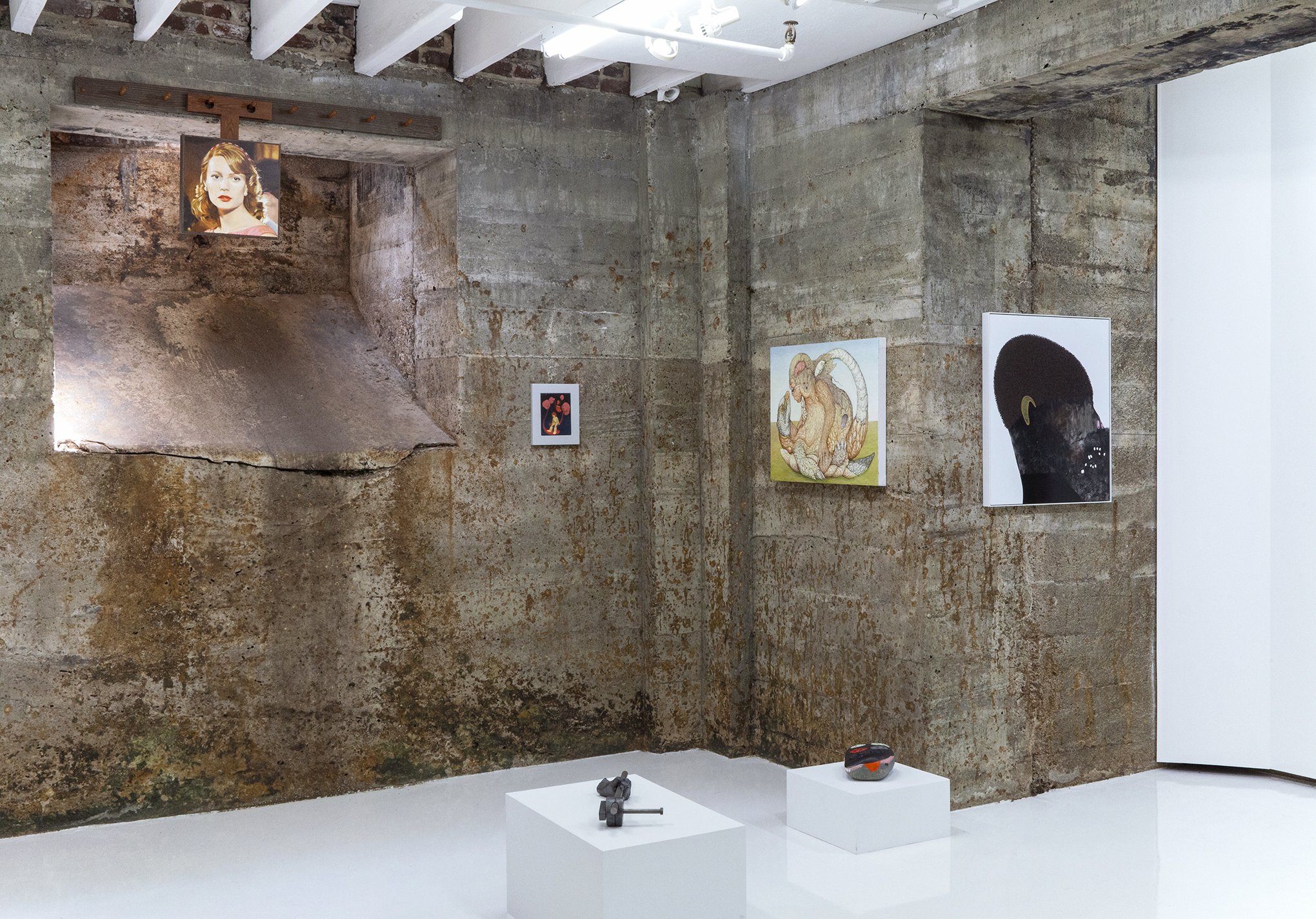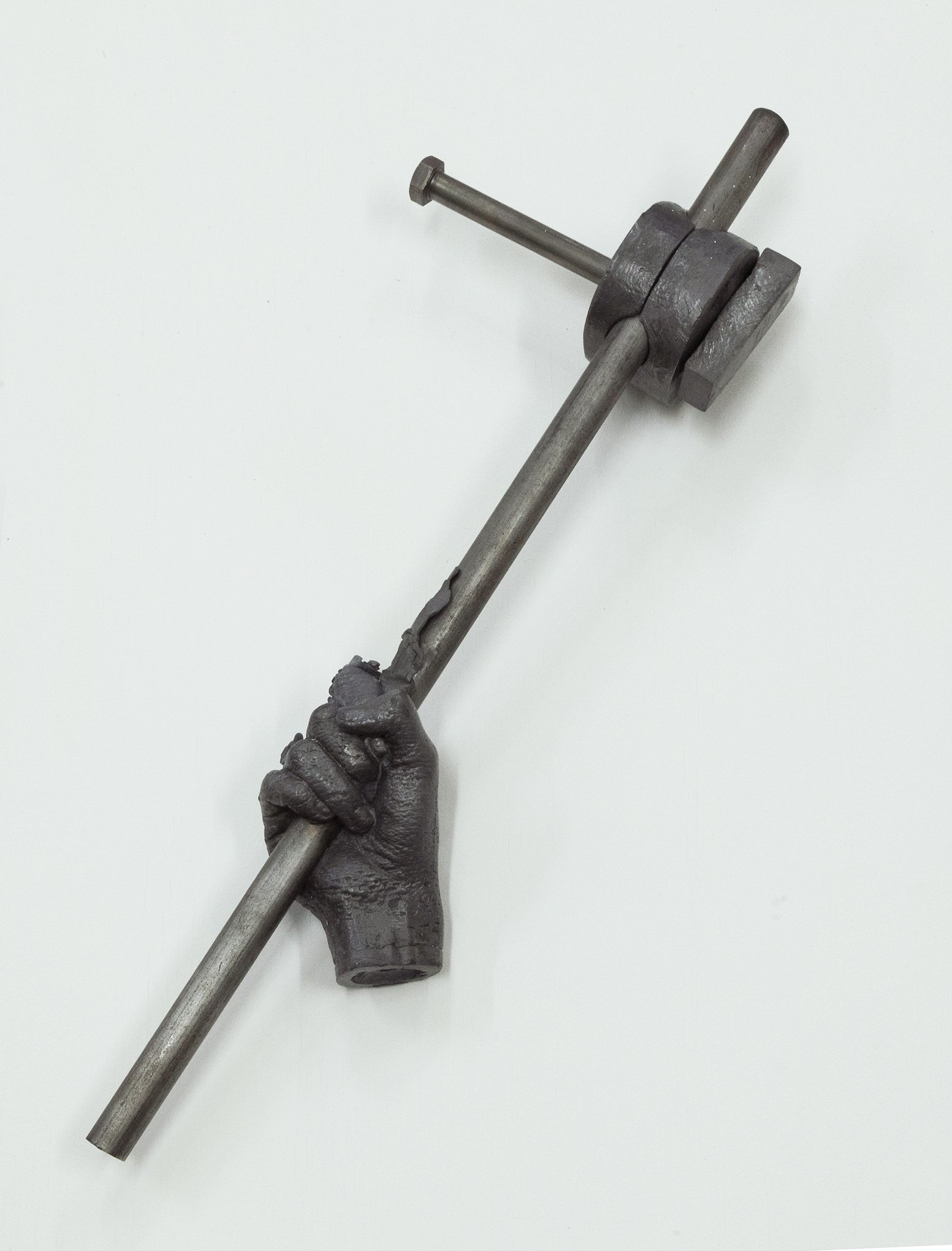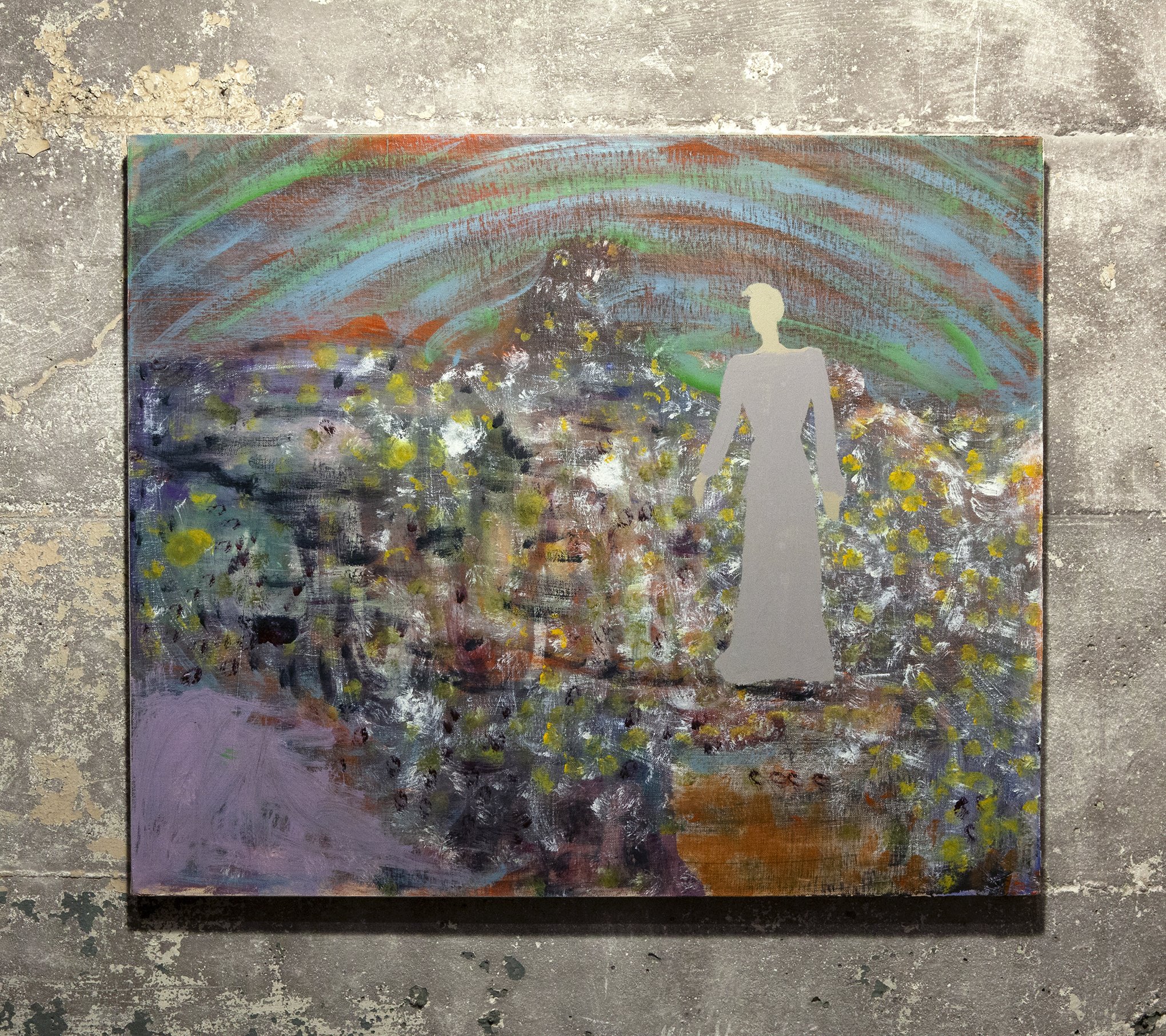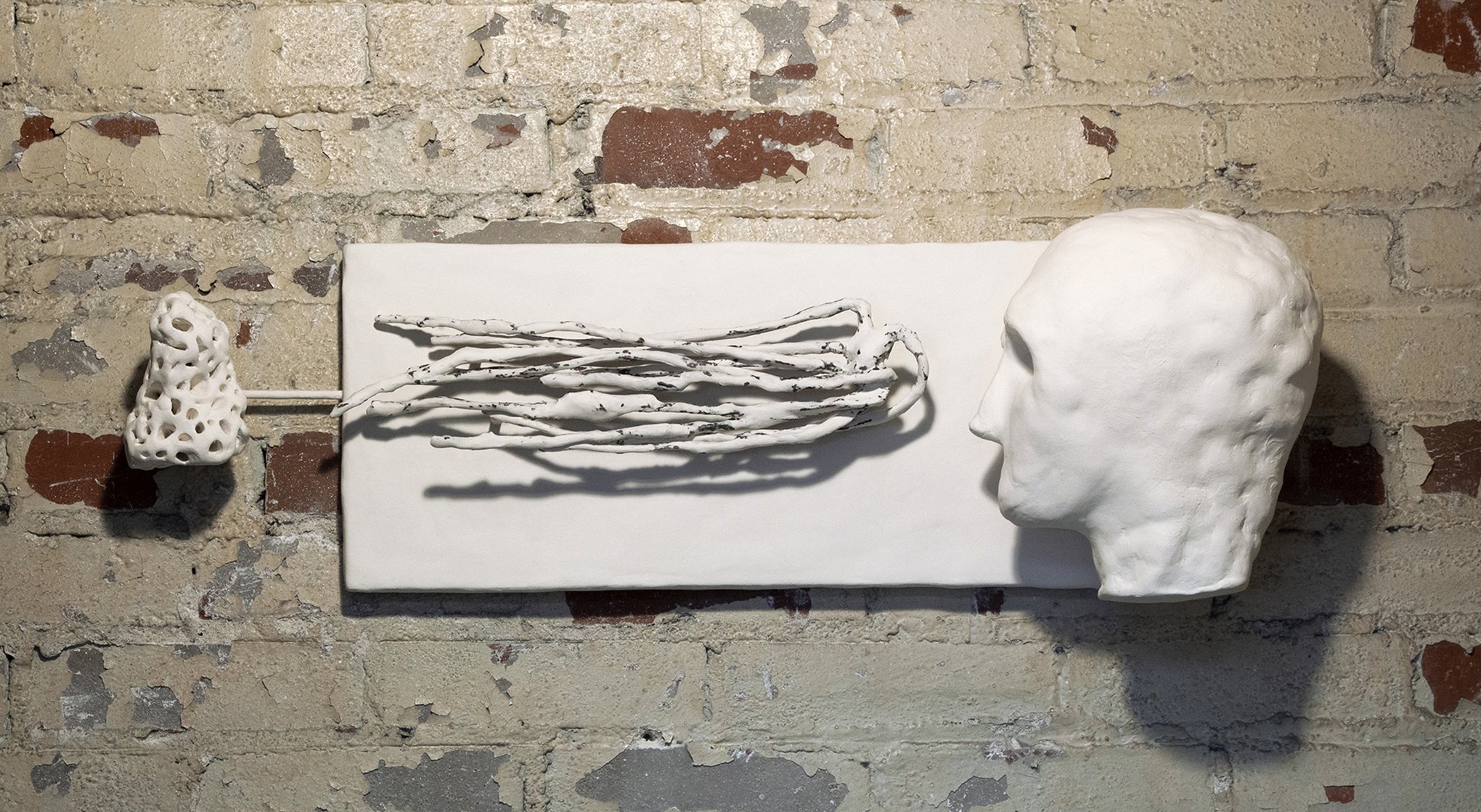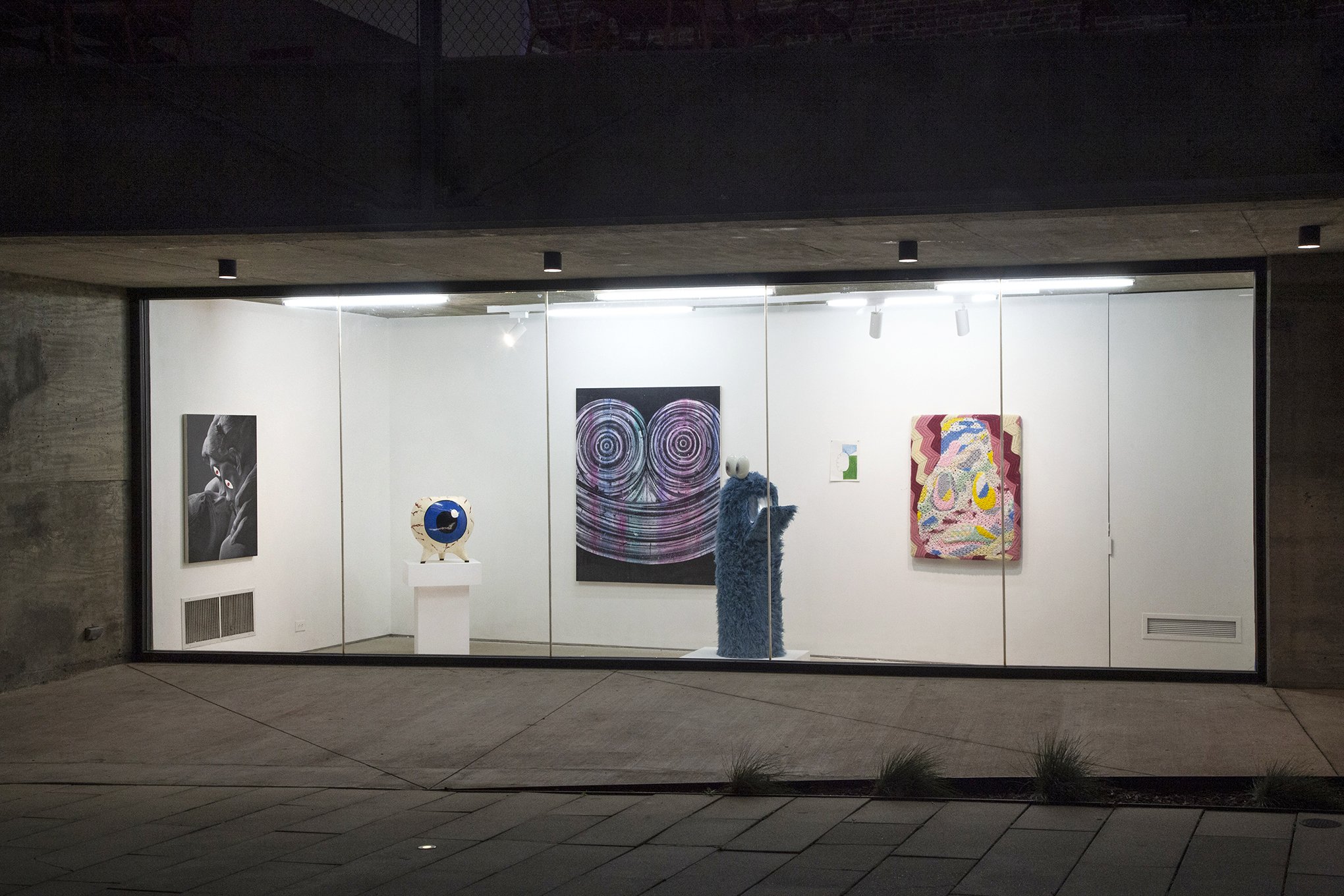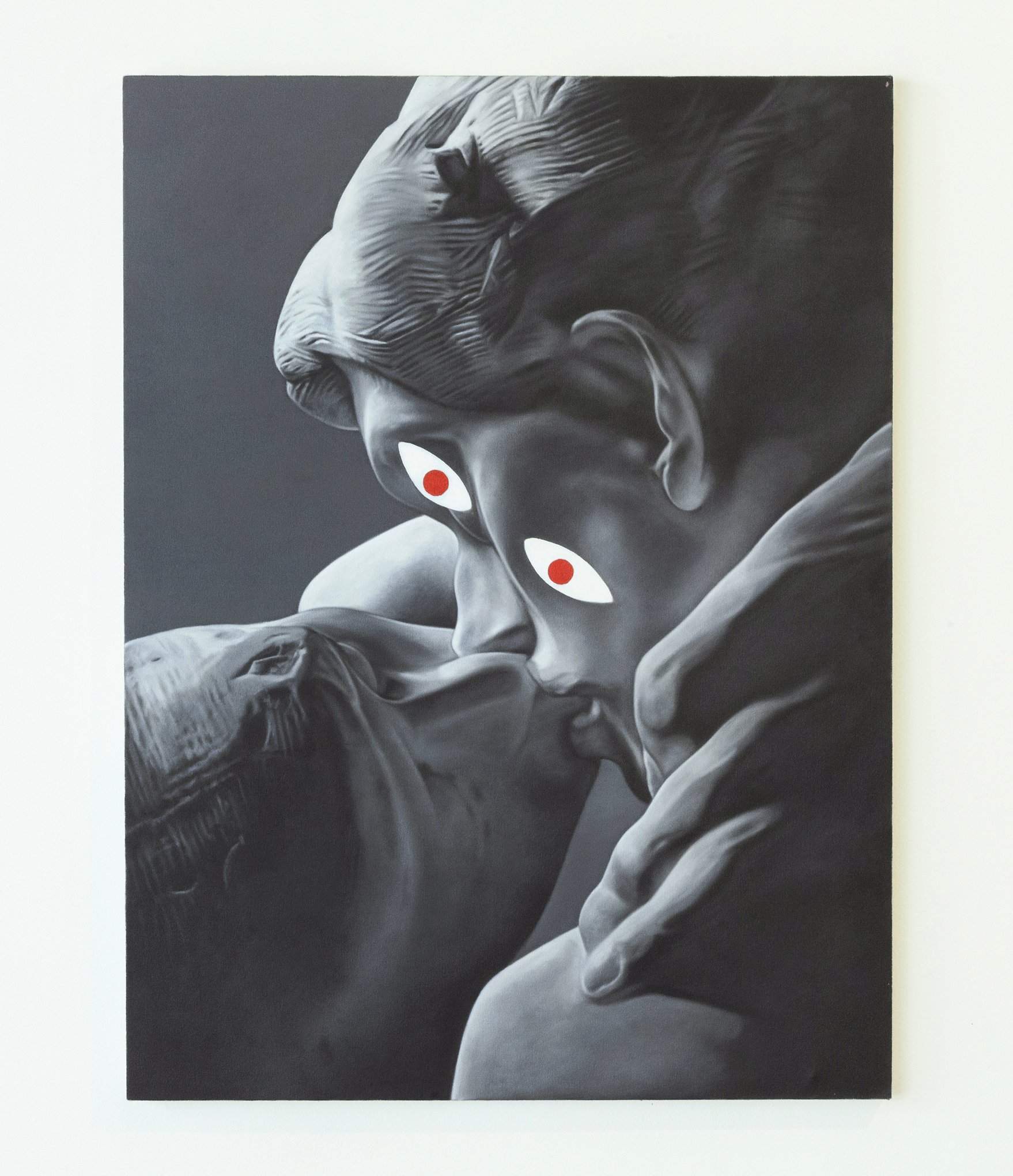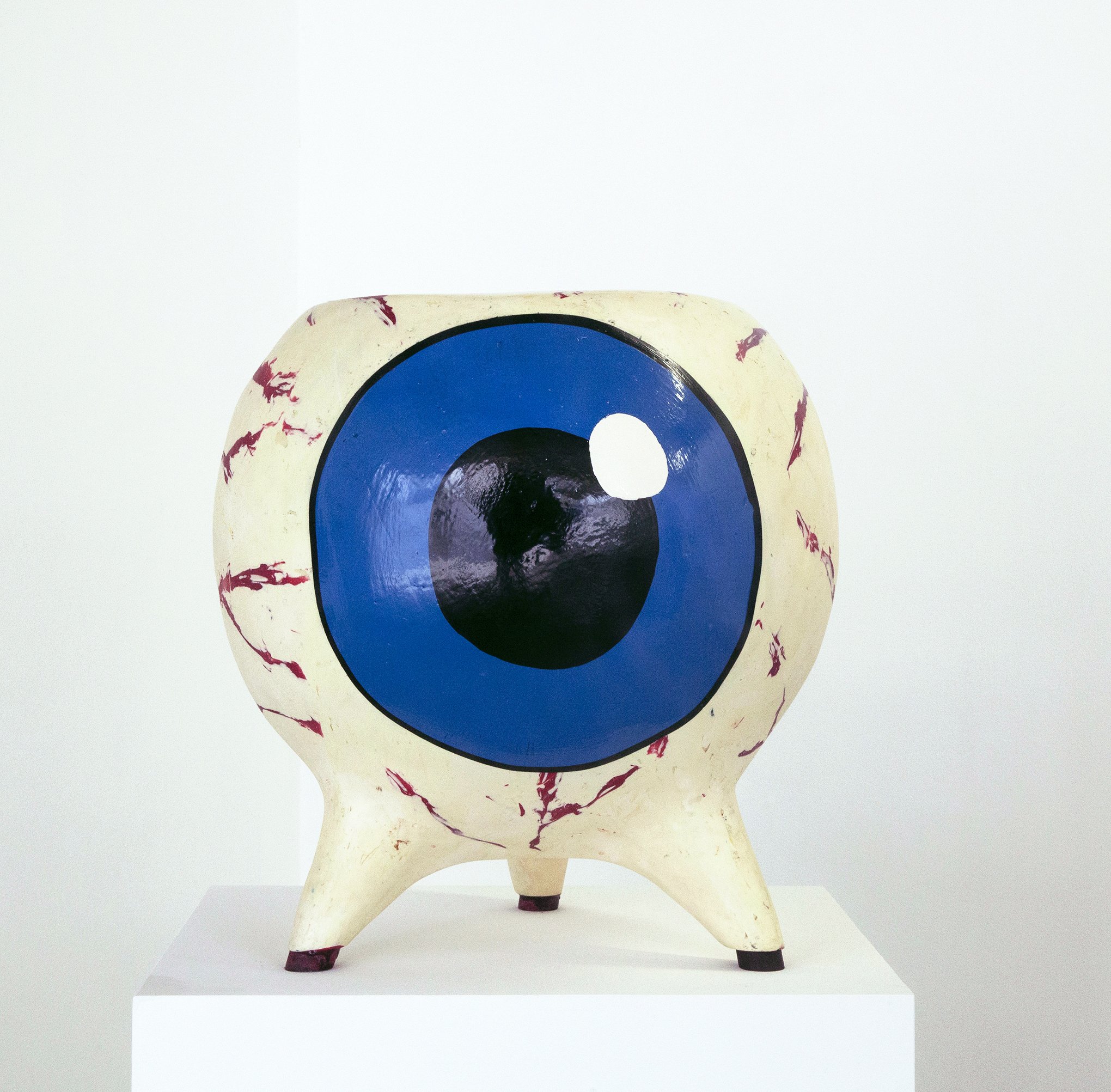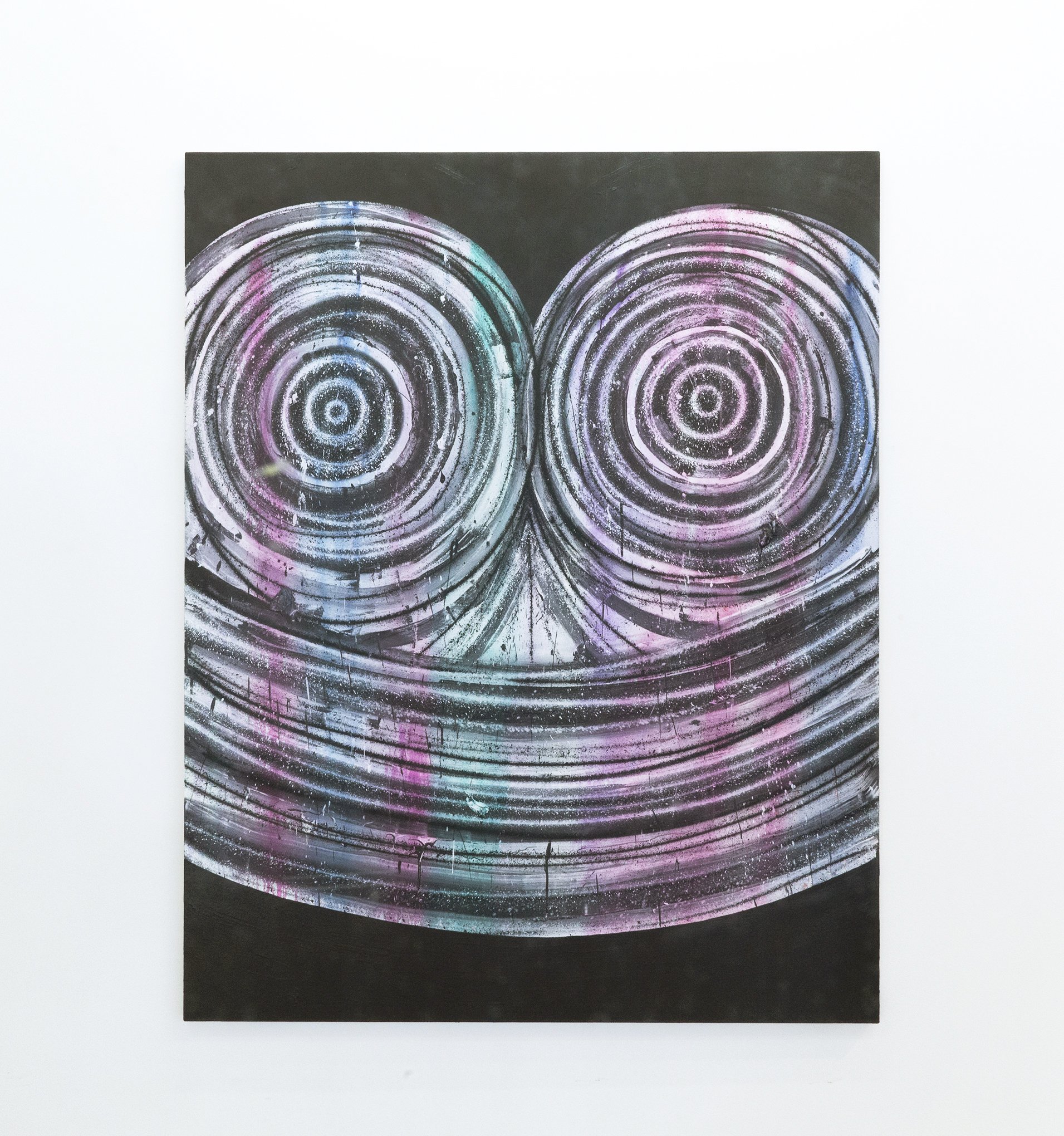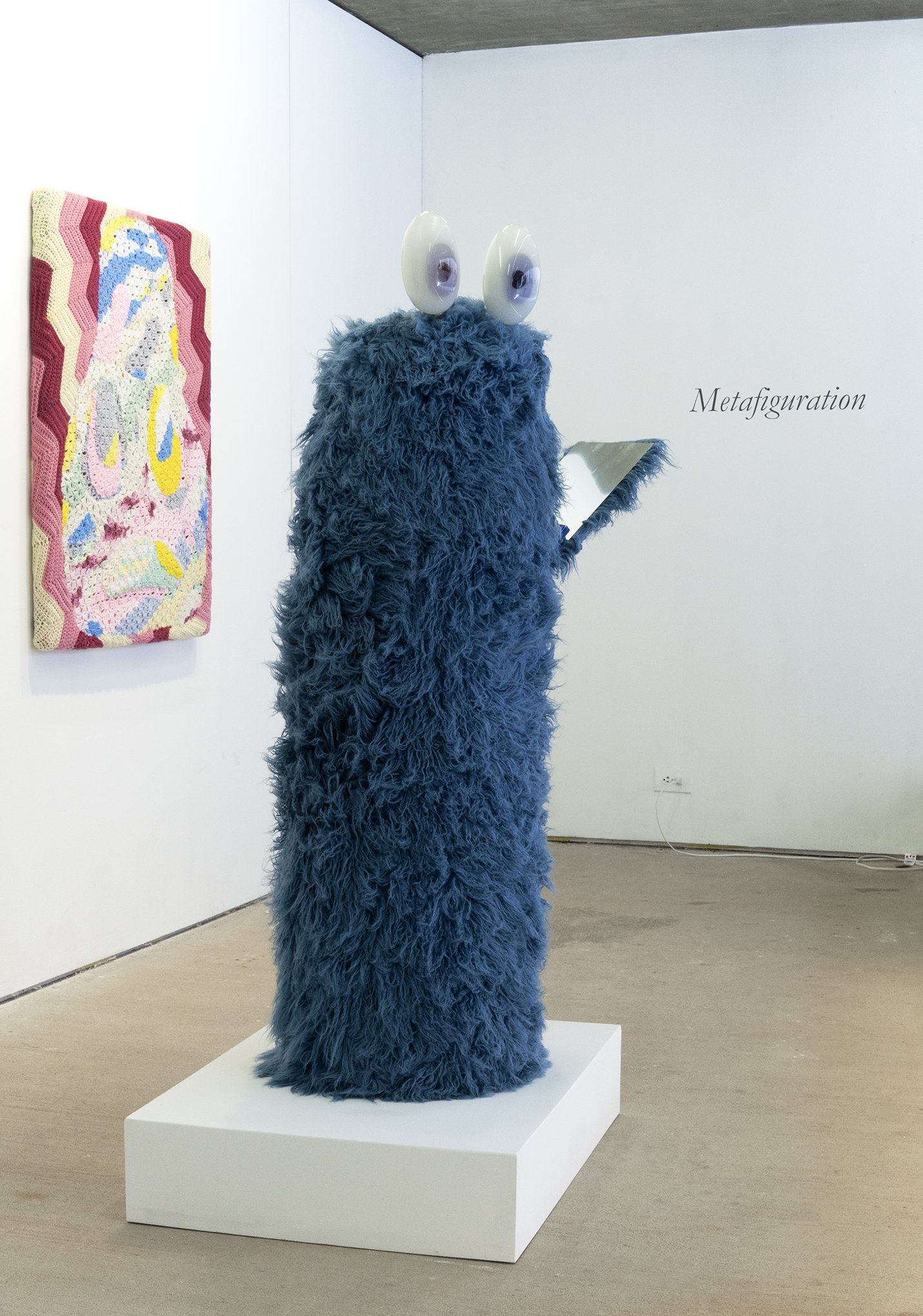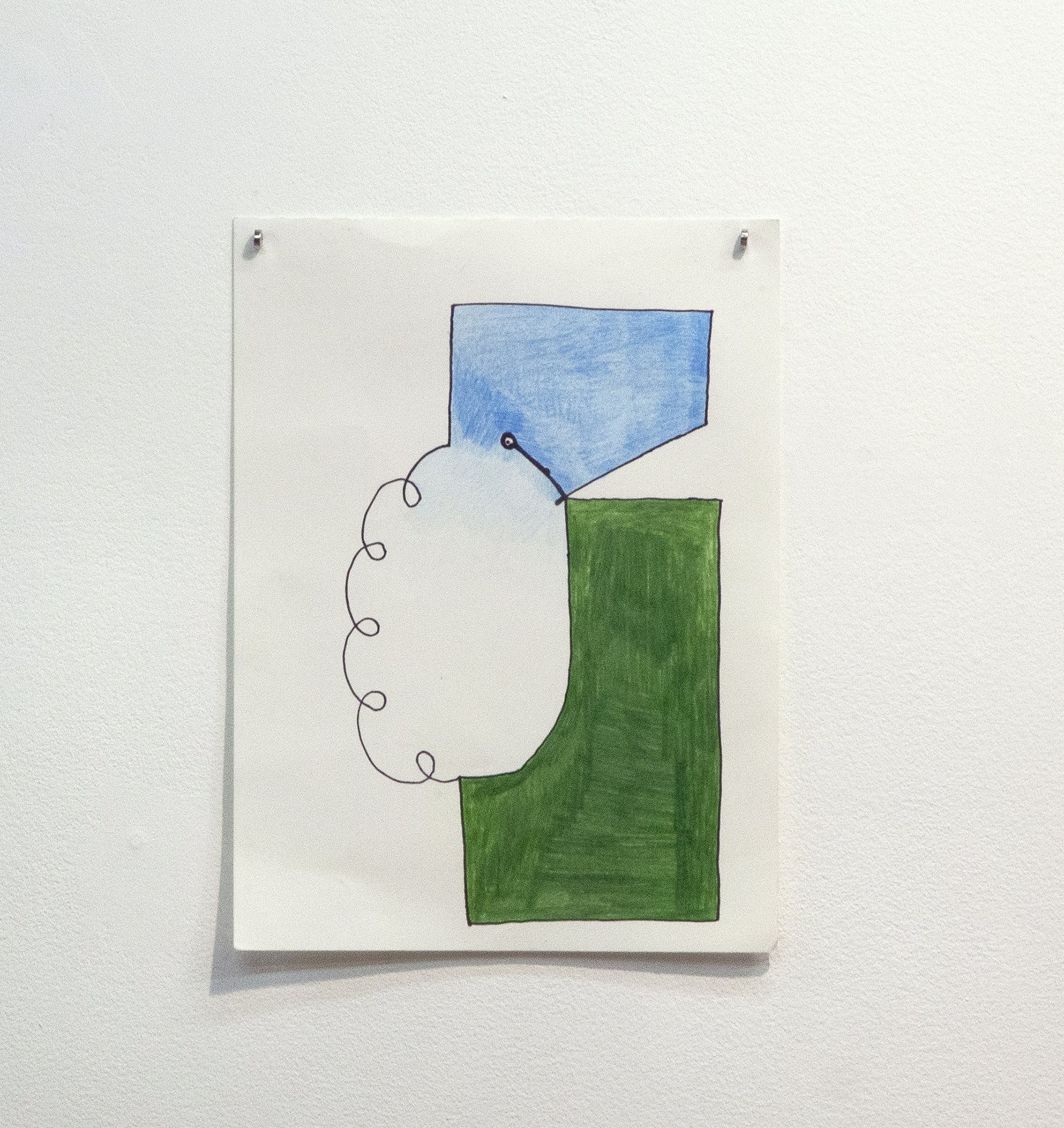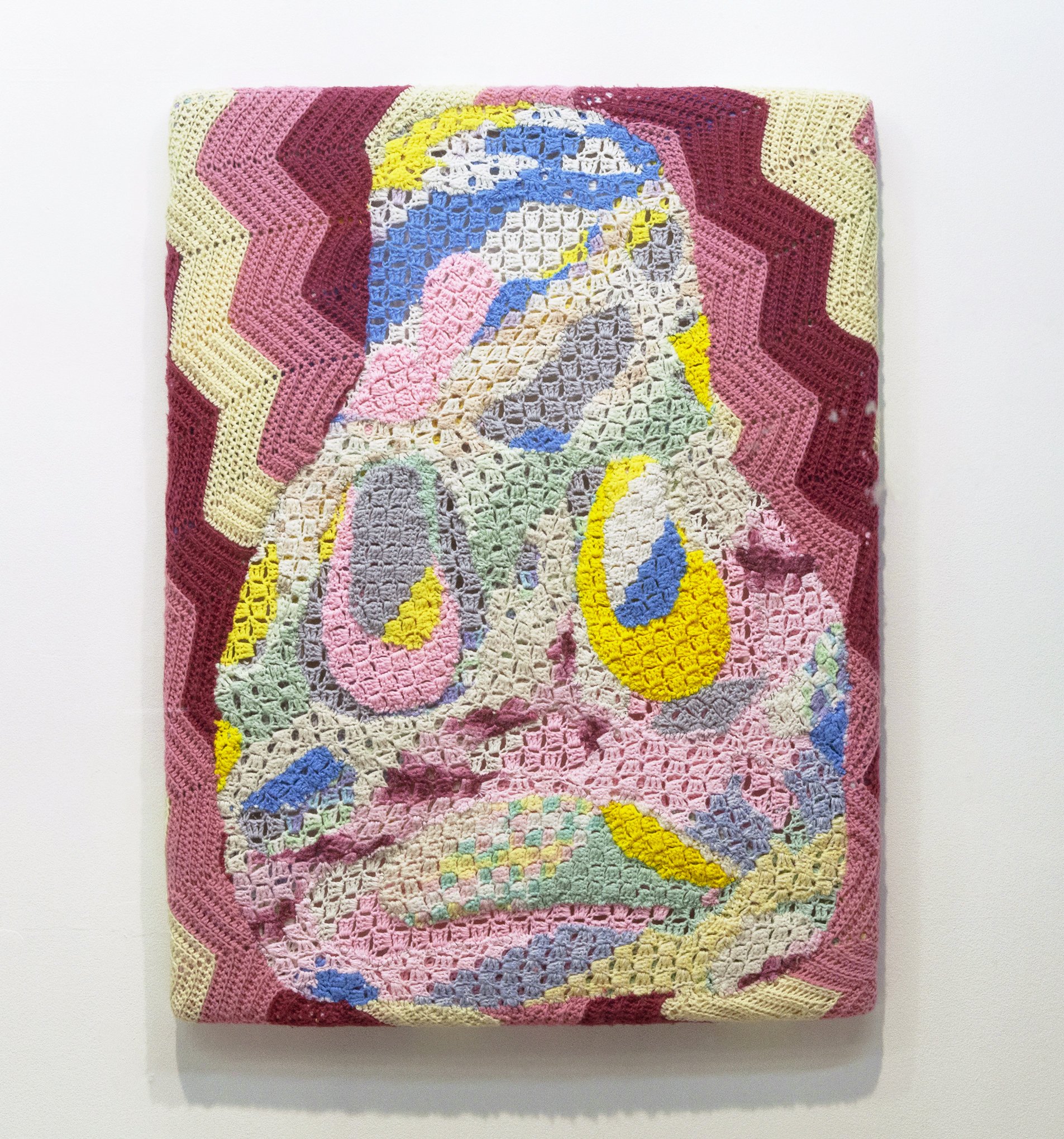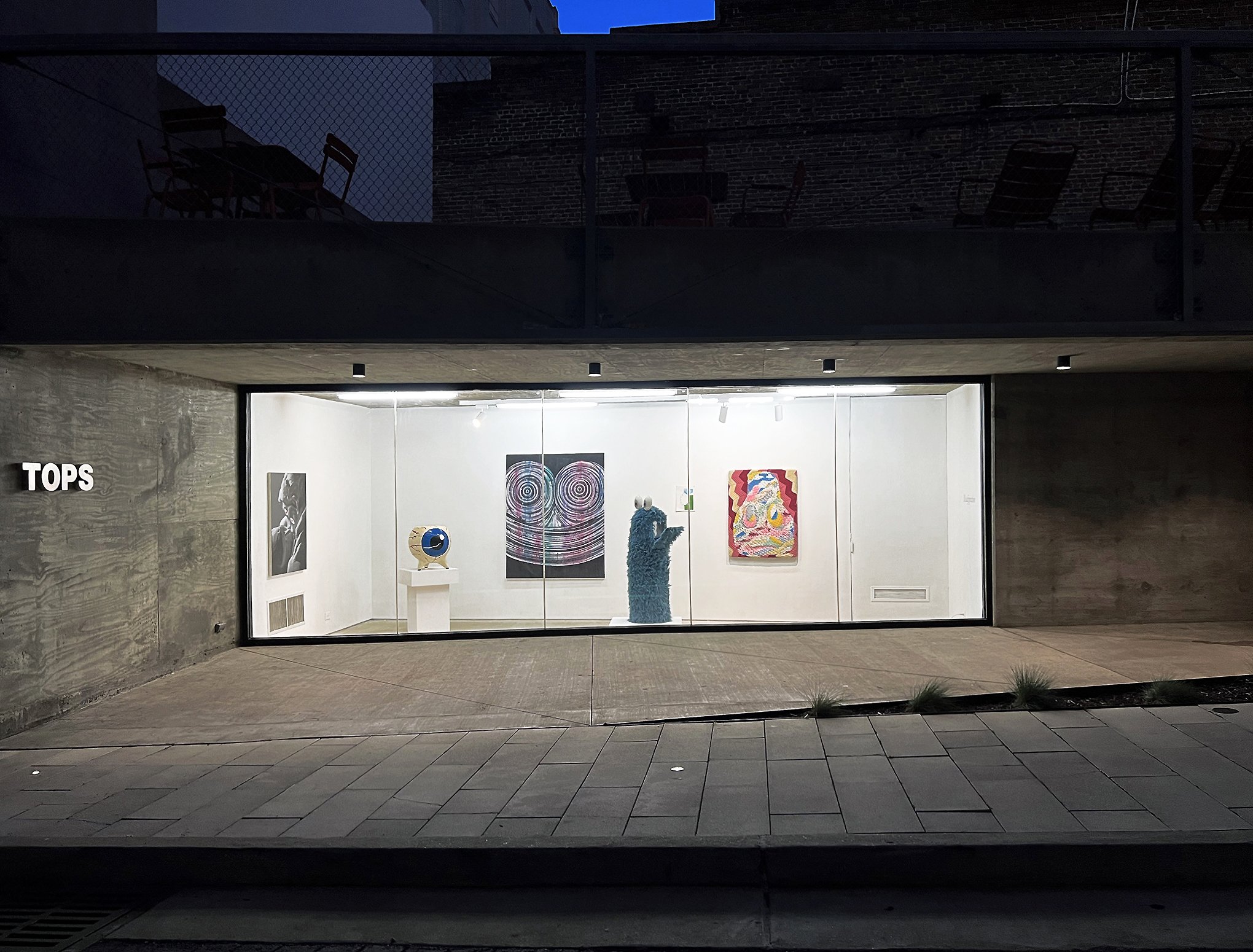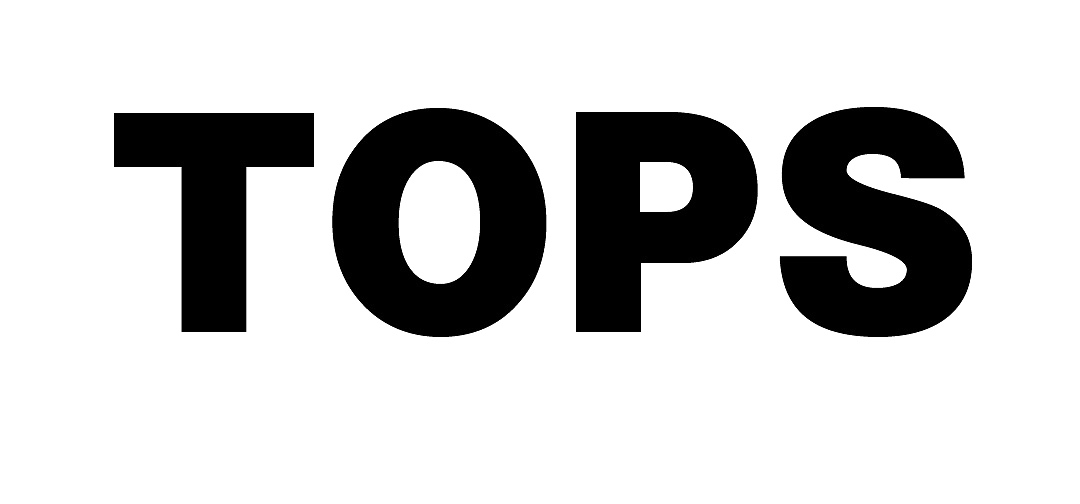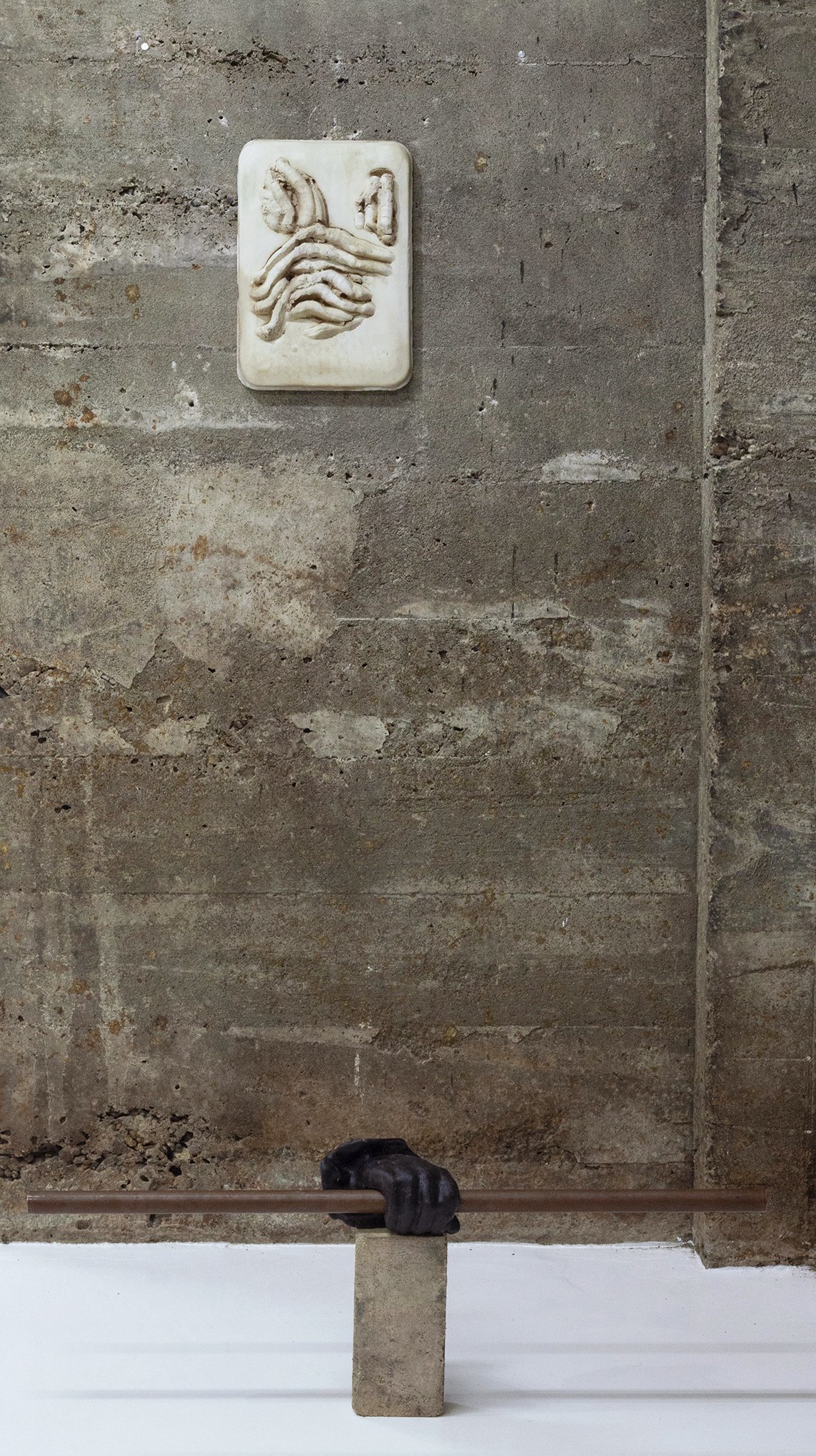Metafiguration
July 23rd – September 24th, 2022
Tops Gallery 400 South Front street Memphis, TN 38103
Tops at Madison Avenue Park 151 Madison Avenue Memphis, TN 30103
Tops Gallery is pleased to present Metafiguration, a group exhibition exploring the multifarious approaches to figuration taken by both self-taught and contemporary artists. This wide-ranging exhibition of painting, photography, and sculpture curated by artists Sean McElroy and Kevin Ford will occupy both gallery locations.
The exhibition includes the work of Caitlin Berndt, Michael Berryhill, Claudia Bitran, Melissa Brown, Joseph Buckley, Camel Collective, Christopher Chiappa, Sara Coffin, Alex Bradley Cohen, Oscar Rene Cornejo, Guy Church, David Kennedy Cutler, Rachel Domm, Graham Downing, Jonathan Edelhuber, Jonathan Ehrenberg, Nick Fagan, J.A Feng, Makeal Flammini, Kevin Ford, Chie Fueki, Jackie Gendel, Matthew Griffin, Luther Hampton, EJ Hauser, Blake Hiltunen, Kyle Hittmeir, Eddie Lee Kendrick, Sophie Larrimore, Colin Matthes, Benny Merris, Ignacio Perez Meruane, Sean McCarthy, Sean McElroy, Joe Minter, Amanda Nedham, Riley Payne, Matthew Ronay, Lui Shtini, Georgia Speller, Henry Speller, Daphne Stergides, Willie Stewart, Mamie Tinkler, Wade Tullier, Scott Zieher.
Optical perspective is the way a lens sees—it’s a camera’s way of seeing, a movie’s way of seeing, a meme’s way of seeing. It’s also technically an eye’s way of seeing, if the eye weren’t attached to a heart, a mind, a body, and a society. In optical perspective everything recedes to a single vanishing point. In drawing 101 you practice this by making a street scene with a lot of lines converging at a single point. If you do it right, the drawing looks like a photo. Meanwhile, as cameras multiply and worm their way into every pocket of the world, we realize that they’re no longer in our hands or in front of our eyes—they’re in our minds, in our hearts, in the way we see ourselves and others, in the way we fall in love, and in the way we dream.
Painters in Italy got excited in the quattrocento when they figured out optical perspective because suddenly their paintings had the aura of “reality.” Before that, there were different kinds of perspective - Duccio would make you bigger if you were more important, rather than closer in space; they did that in Tibet, too. In other places like Greece they put you in a black void wrapping around a vase. In places like Egypt they stacked you on top of each other and then stacked those rows vertically to show chronology or geography. Figurative art, in this sense, was a proposal about how the world might be or could be. Allegory and mythology were built into the very structure of image-making.
Like communities themselves, figurative works are arrays of people connected over space and time. They are test strips of the societies at large that create—and, in turn, are created by—them.As European societies began to invent prisons and insurance and colonial administration and phrenology, their art began to tighten around the literal, the optical, the historical. Then they invented photography for real and painters had to figure out what to do. Some of them invented abstraction. Their metaphysical energy went into non-objectivity. Others devoted their practice to critique of mass media and the camera image. A gulf opened up between the abstract mystics and the figurative critics.
Thankfully some artists continued to tread the path of non-perspectival figurative work, keeping the way clear for us to rediscover its metaphysical potential: Jacob Lawrence, Maria Lassnig, Bob Thompson, Louise Bourgeois, Peter Saul, Kiki Smith, Kerry James Marshall, Leon Golub, held down the fort, making work by turns theatrical, weird, political and narrative, and not especially concerned with media or camera images. The vanishing point for these artists is not optical, it is metaphysical, political, and subjective. As our whole world is tightening around representation, surveillance, and the optical regime, we’re losing the ability to access mystical and oneiric planes of reality.
This is a show of artists treading that weird weed-strewn path, working in dream states, metaphysics, and mythologies. Because maybe all these cameras aren’t showing us the whole picture. Your crush might be the child of a fox and that doorway over there might open into an astral past, and your boss might be a ghost, if you ever bothered to look up from your phone.
-SM & KF
Kevin Ford is a painter living and working in Connecticut. Using a combination of delicate brushwork and loose airbrushing, he addresses one of paintings primordial subjects, that of exploring the experience of perception by dissecting the different degrees that lie between the vision of the real object and its painted image. He received his MFA in Painting and Printmaking from Yale and his BFA in Painting from Boston University.
Sean McElroy studied Classics at Brown University and Painting at the University of Washington. He uses sculpture, painting and performance to explore the mythic landscape of what might be remembered to history as the Final Years of Great Abundance.
